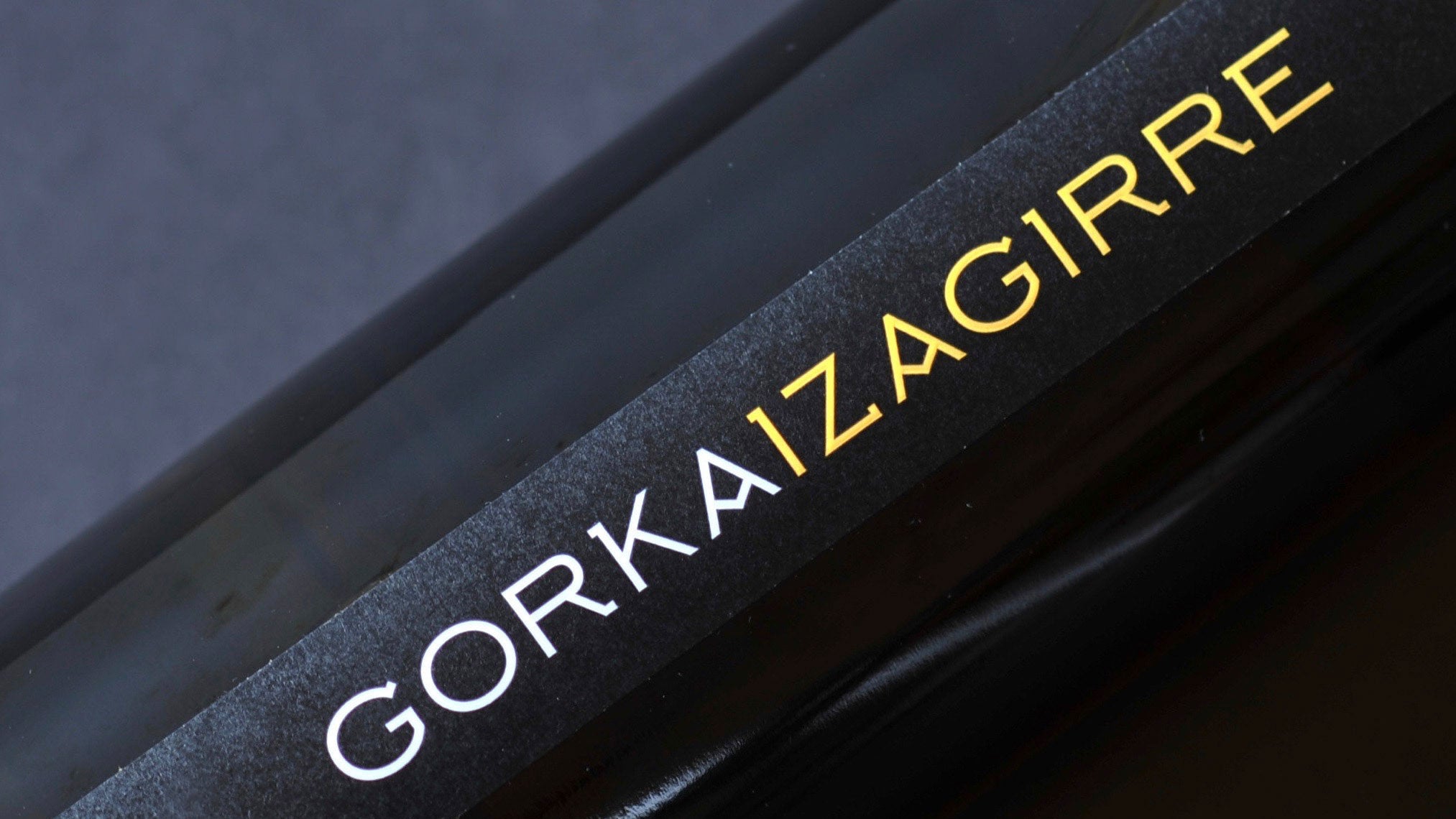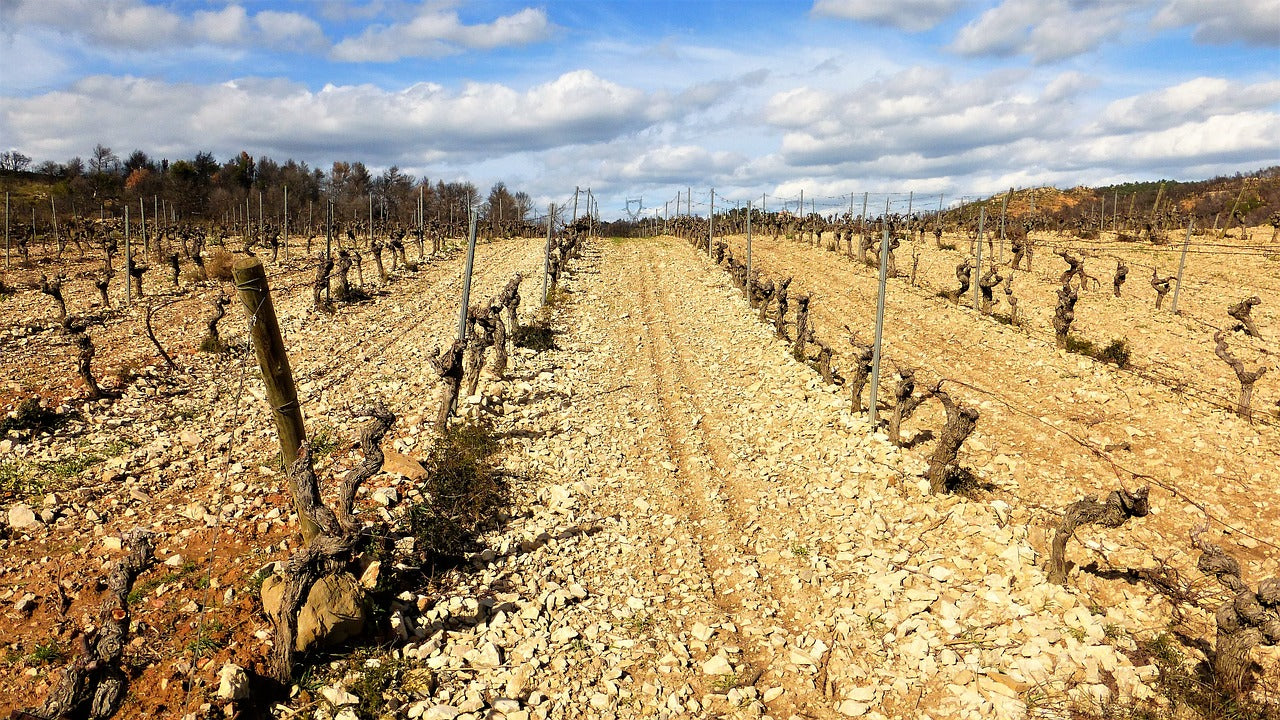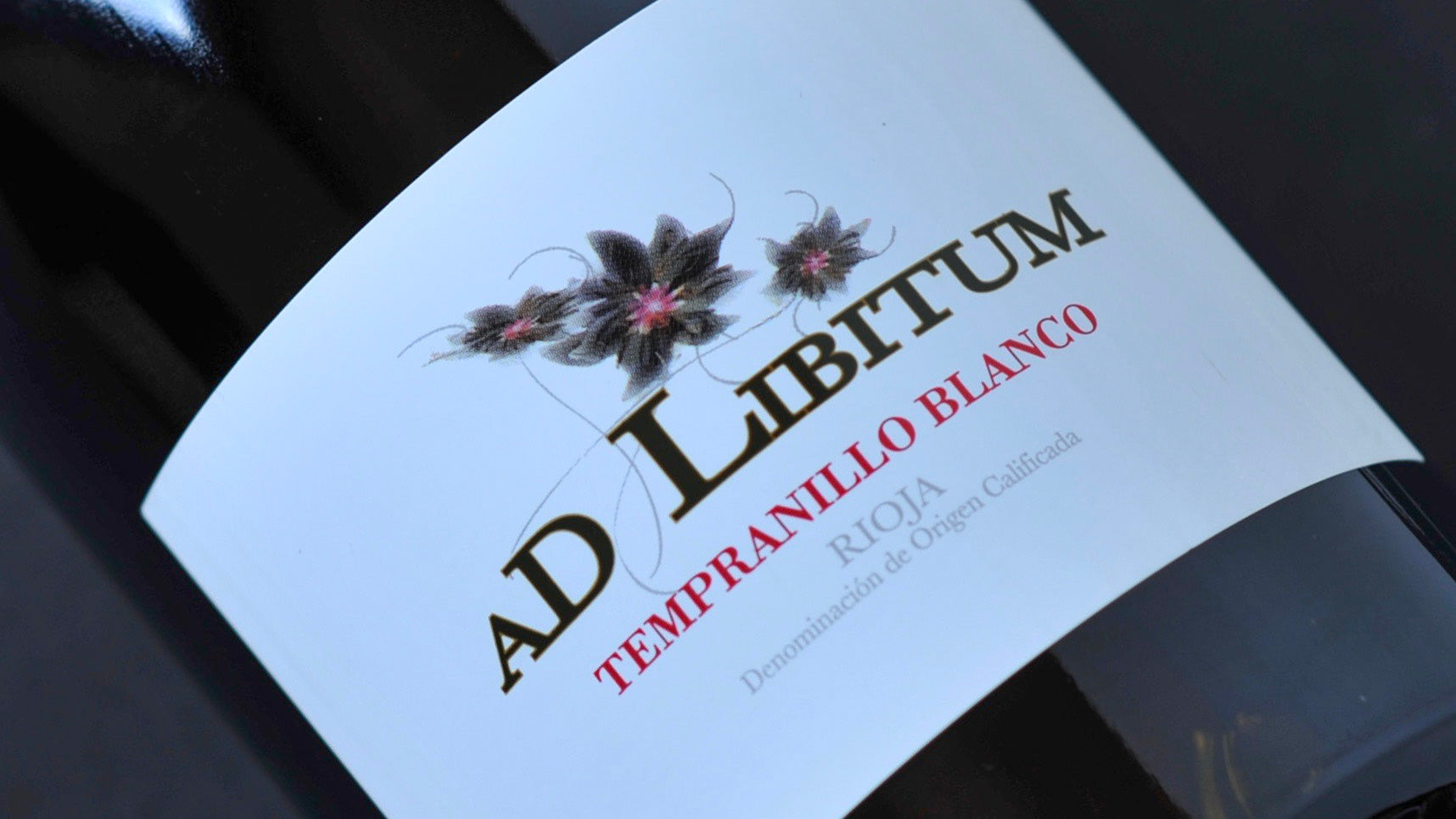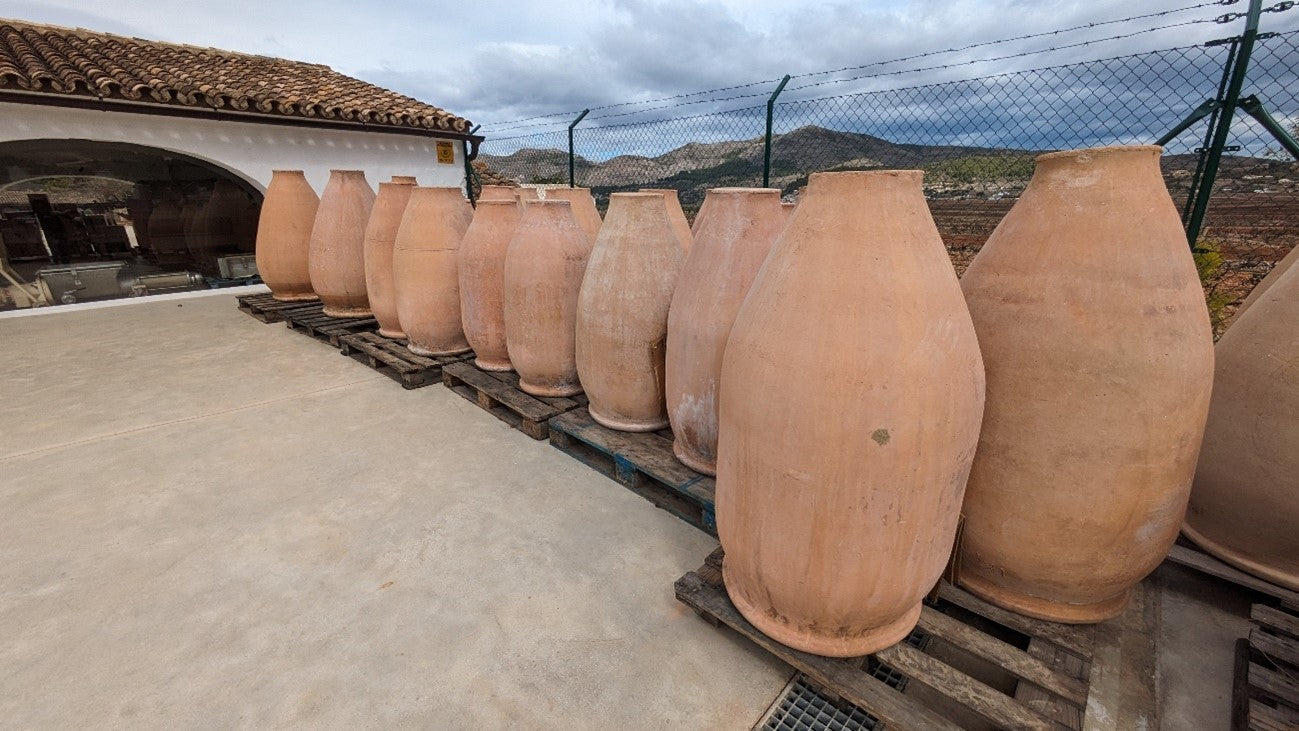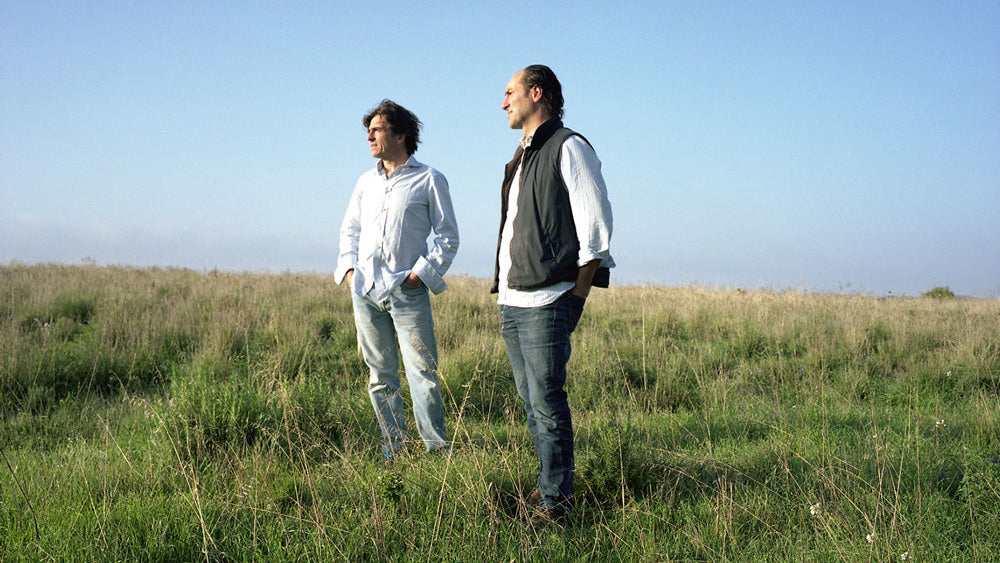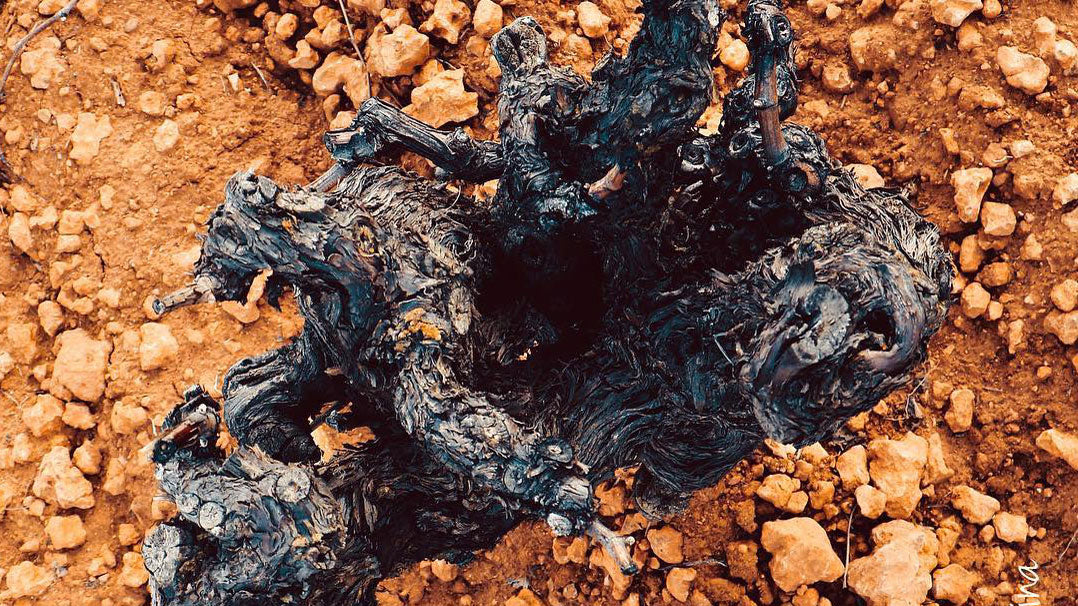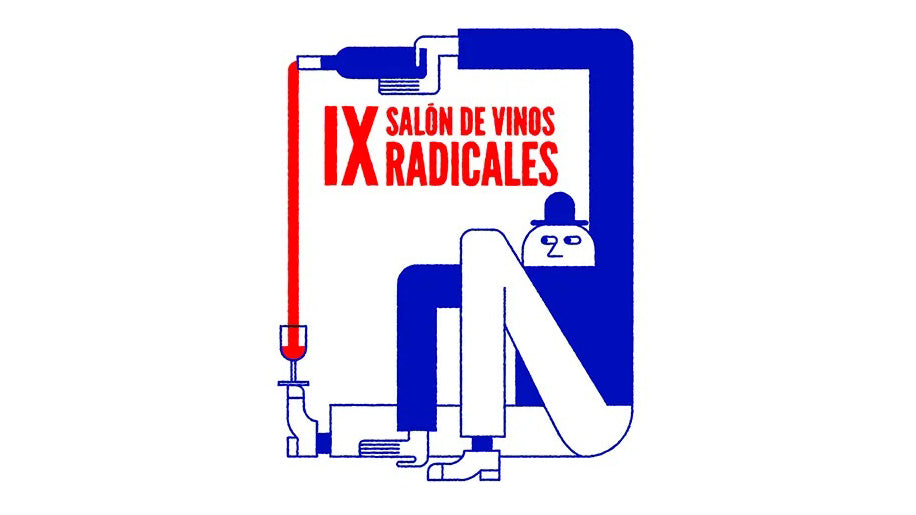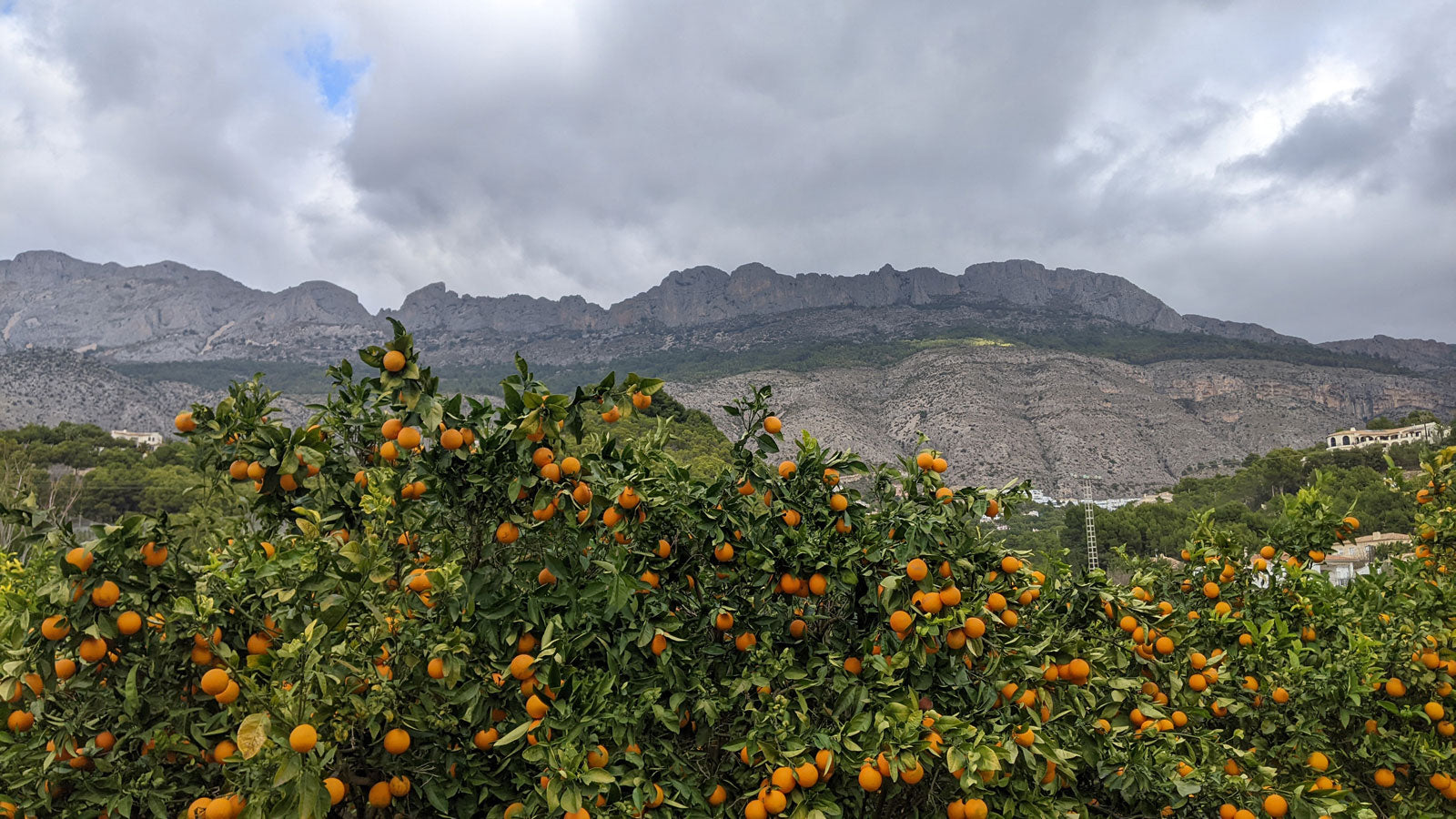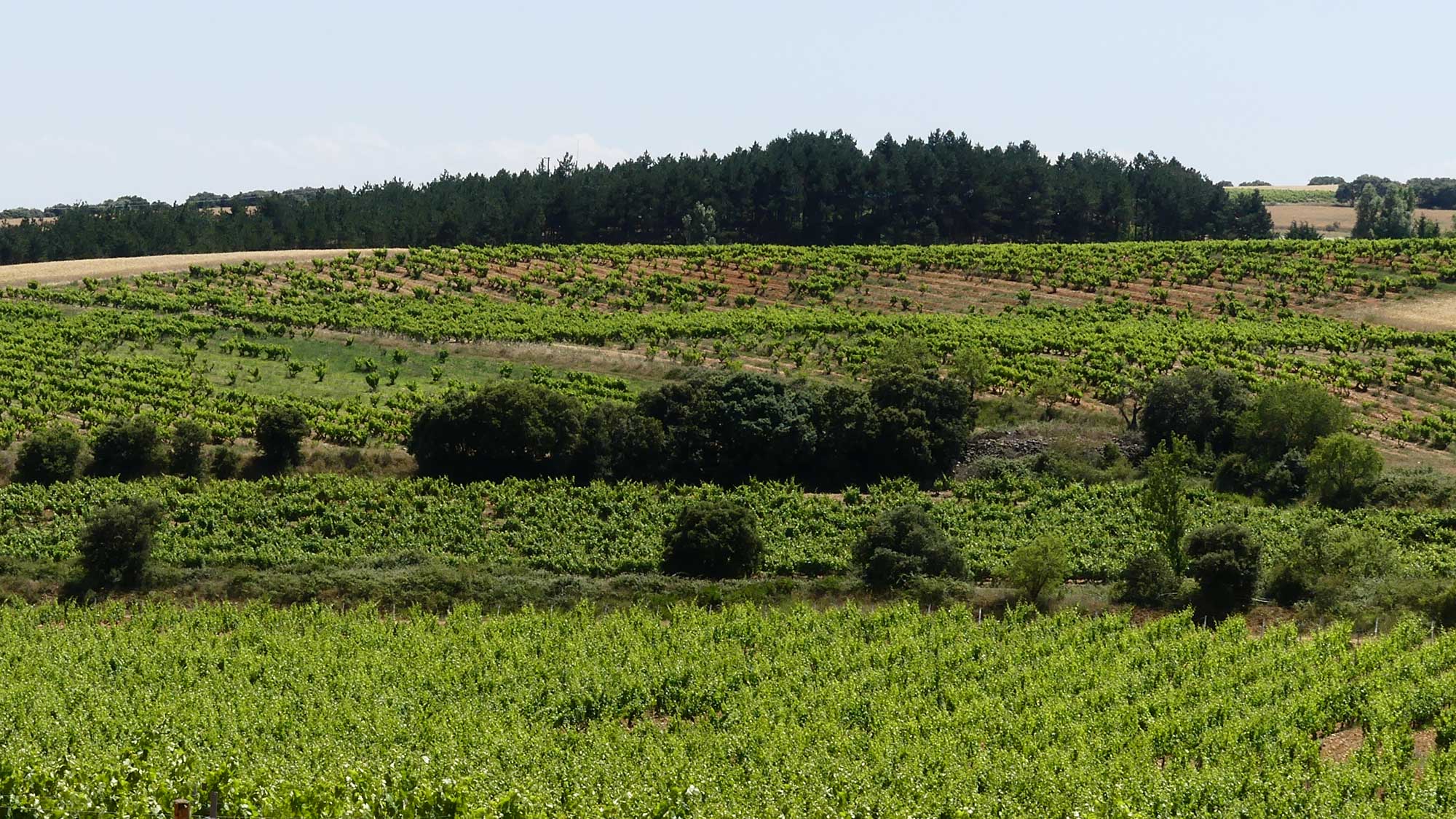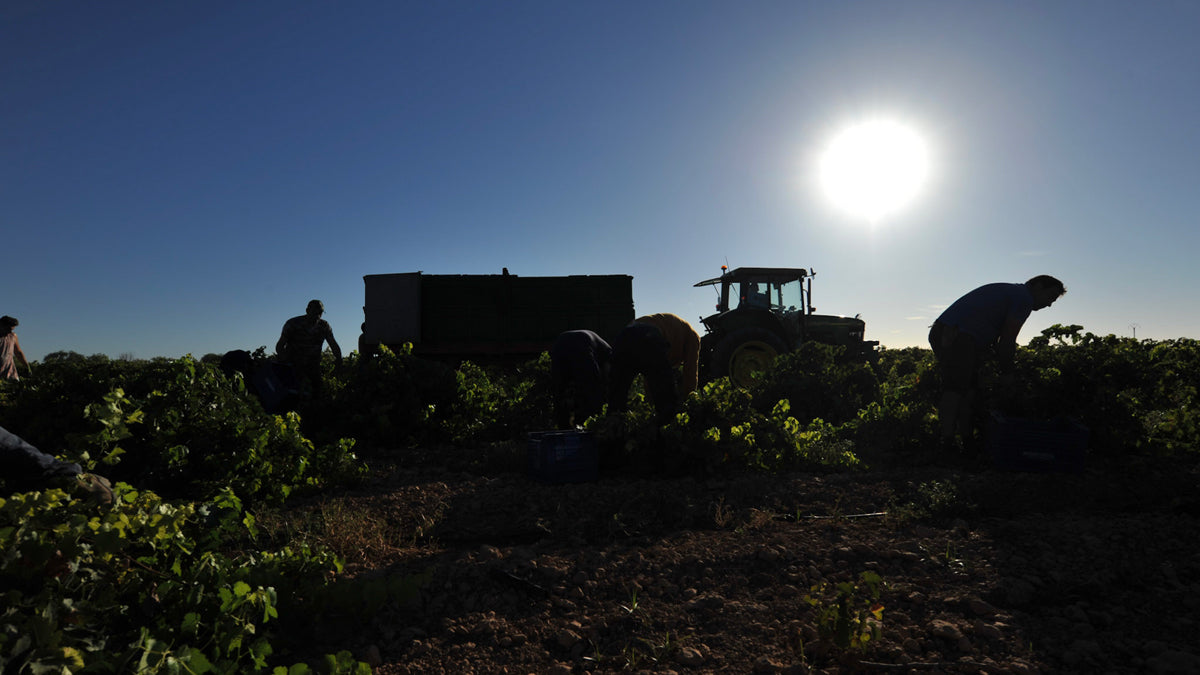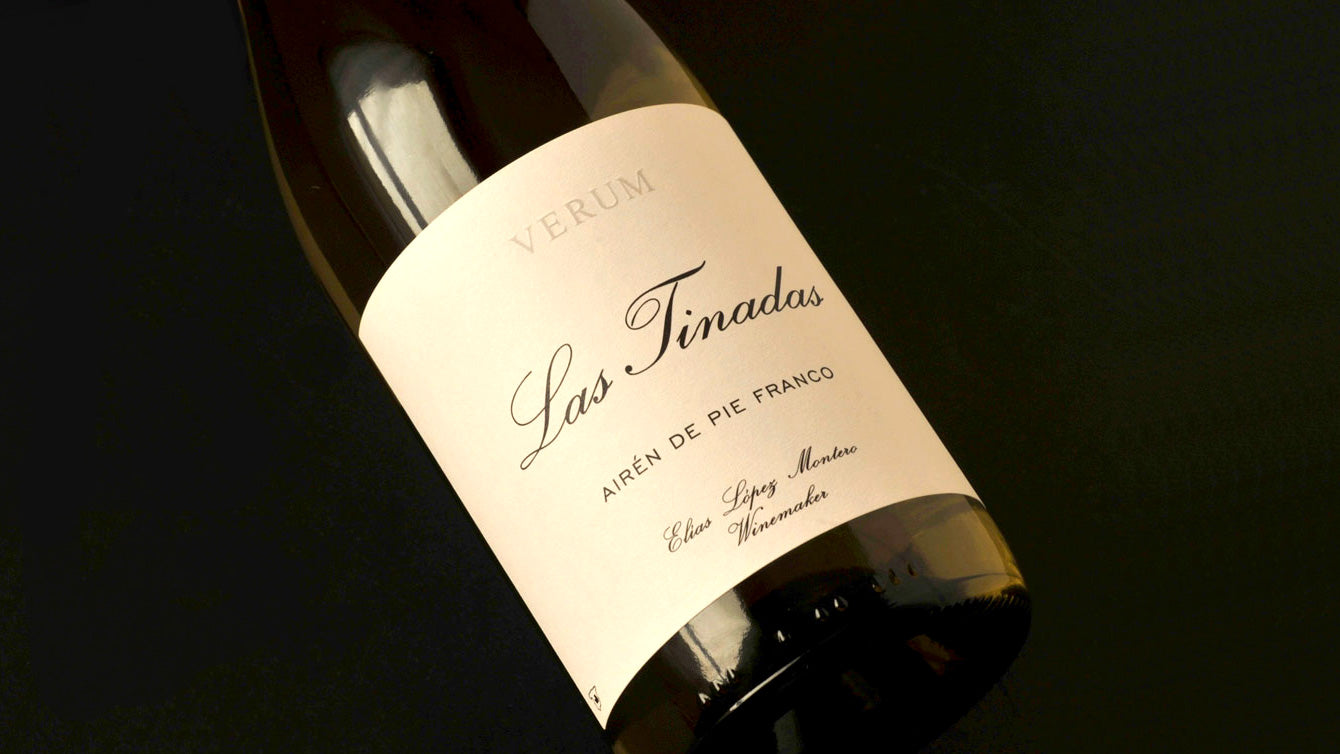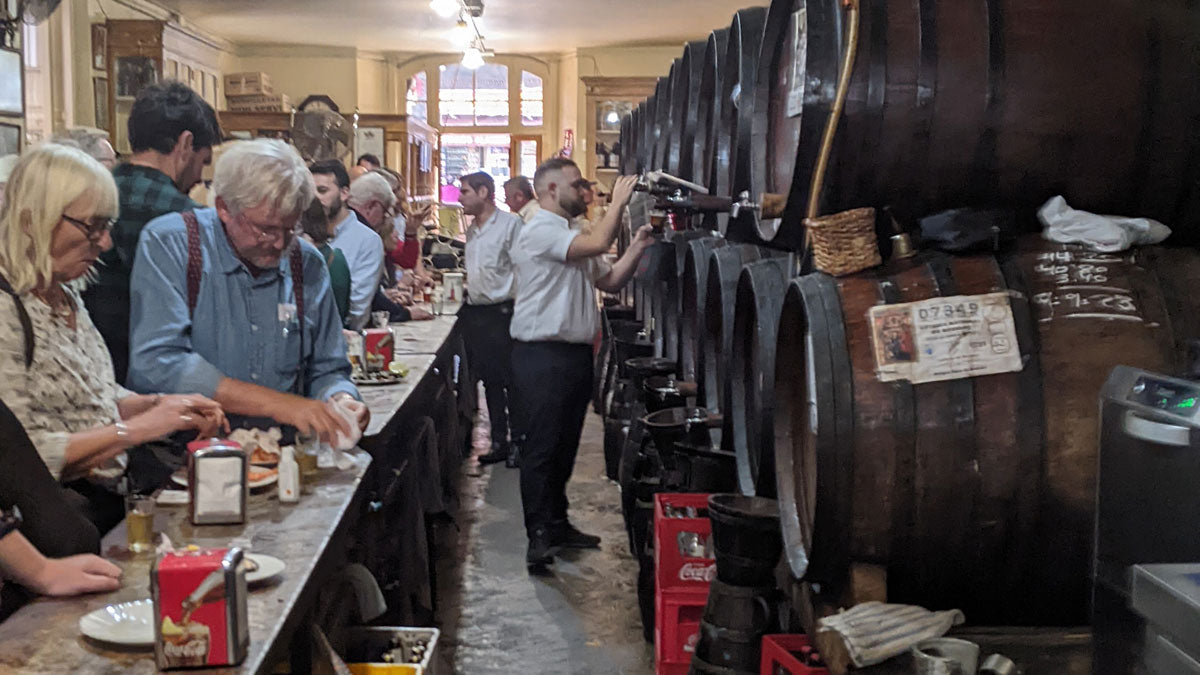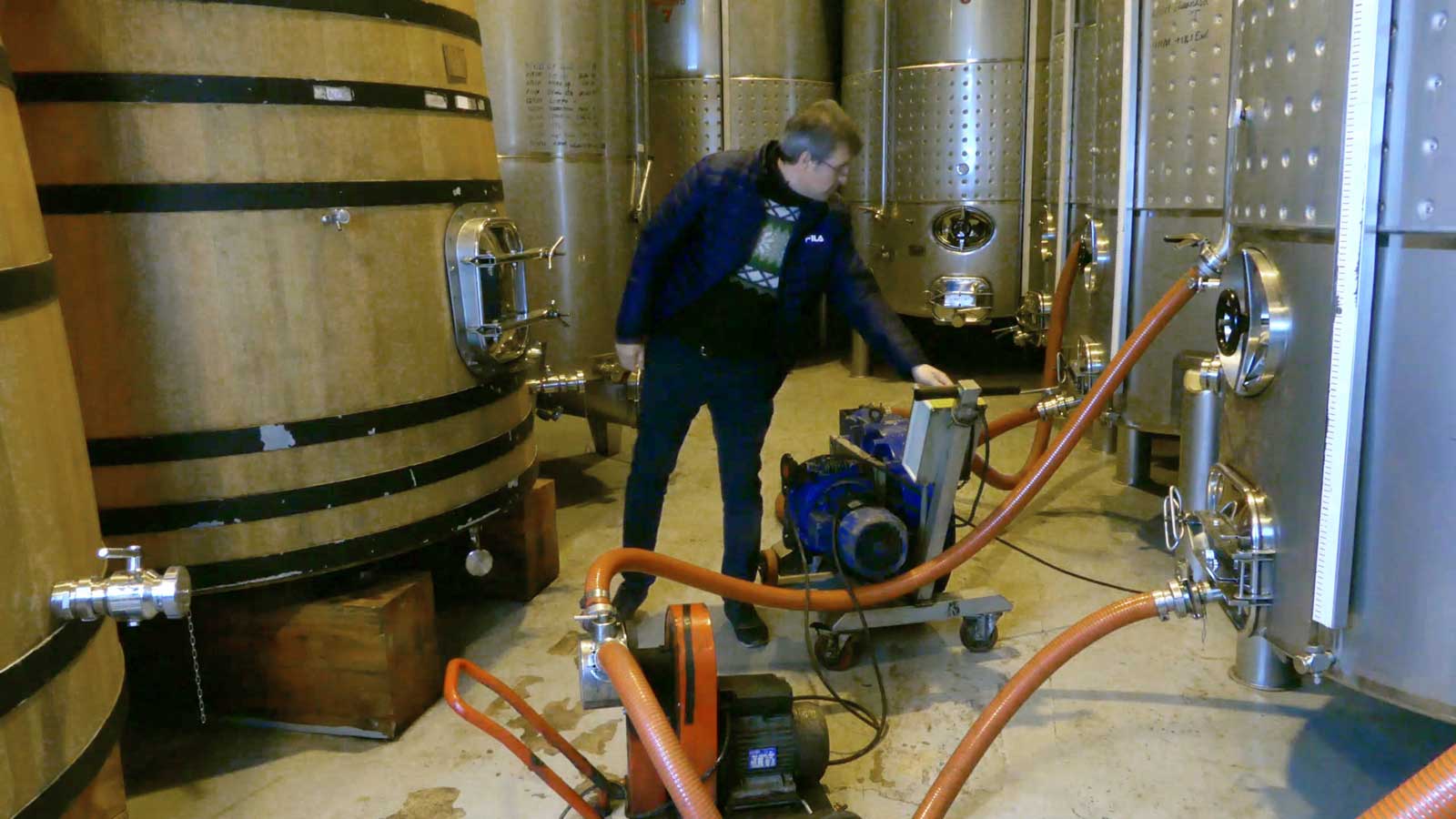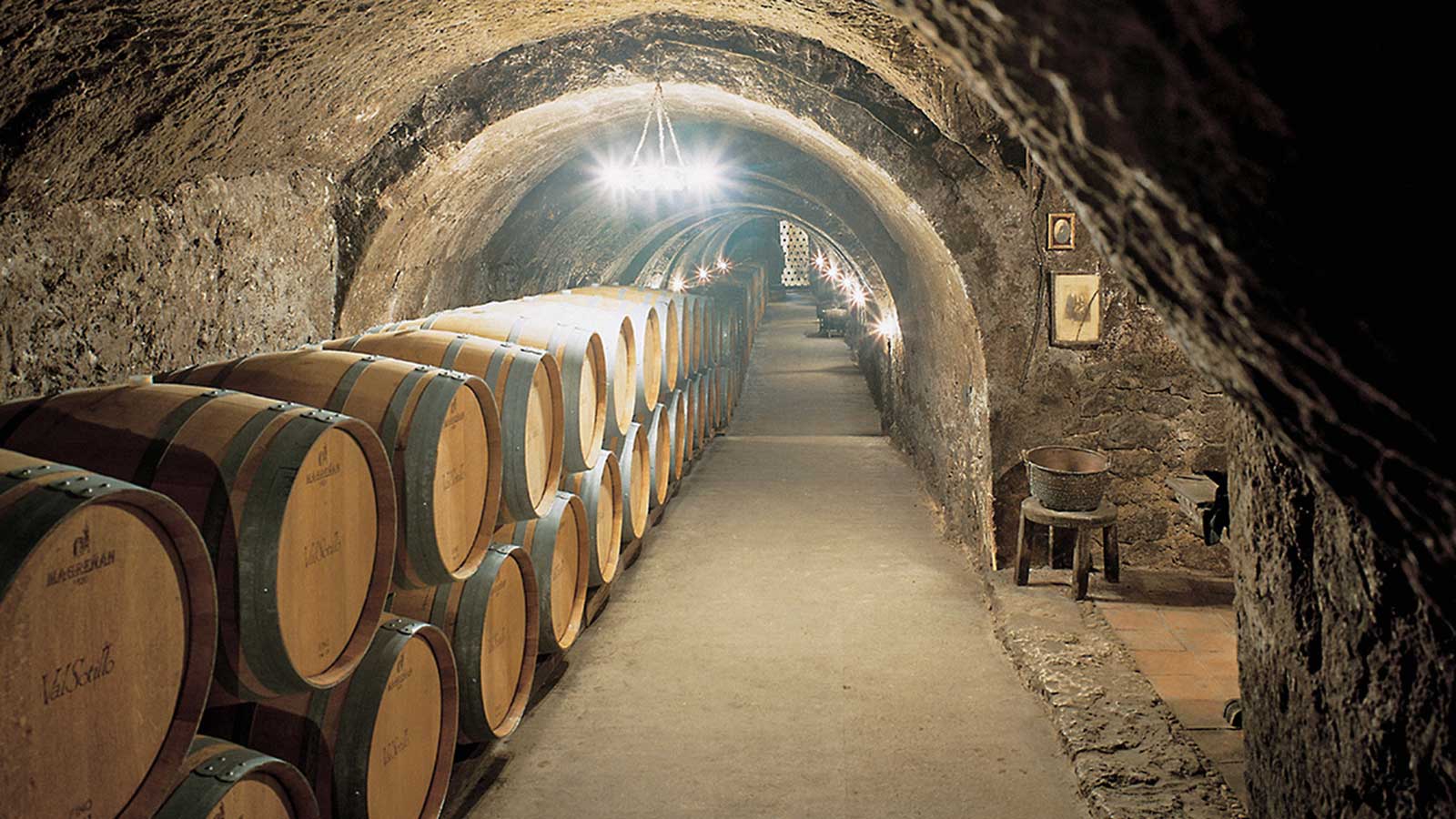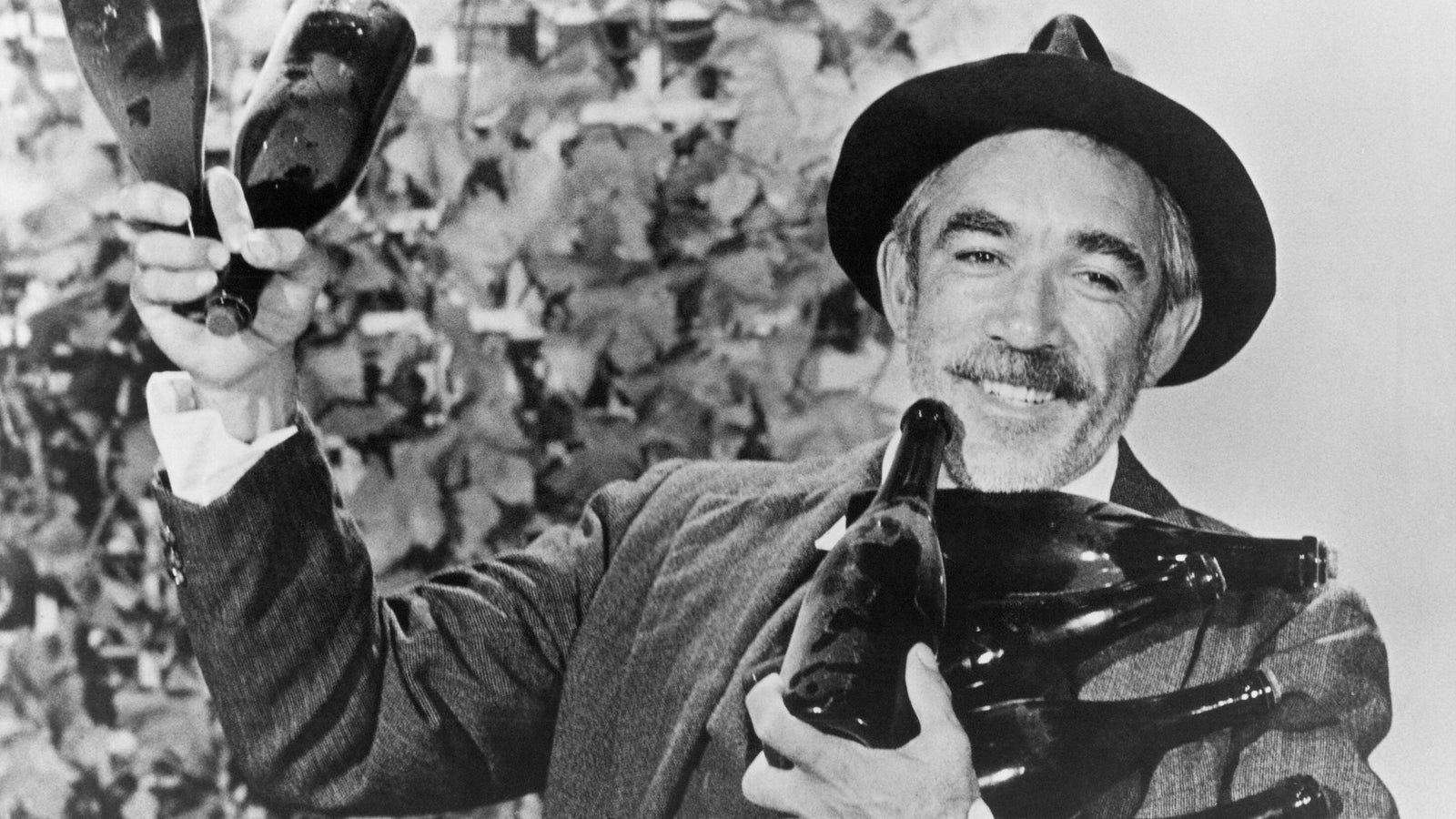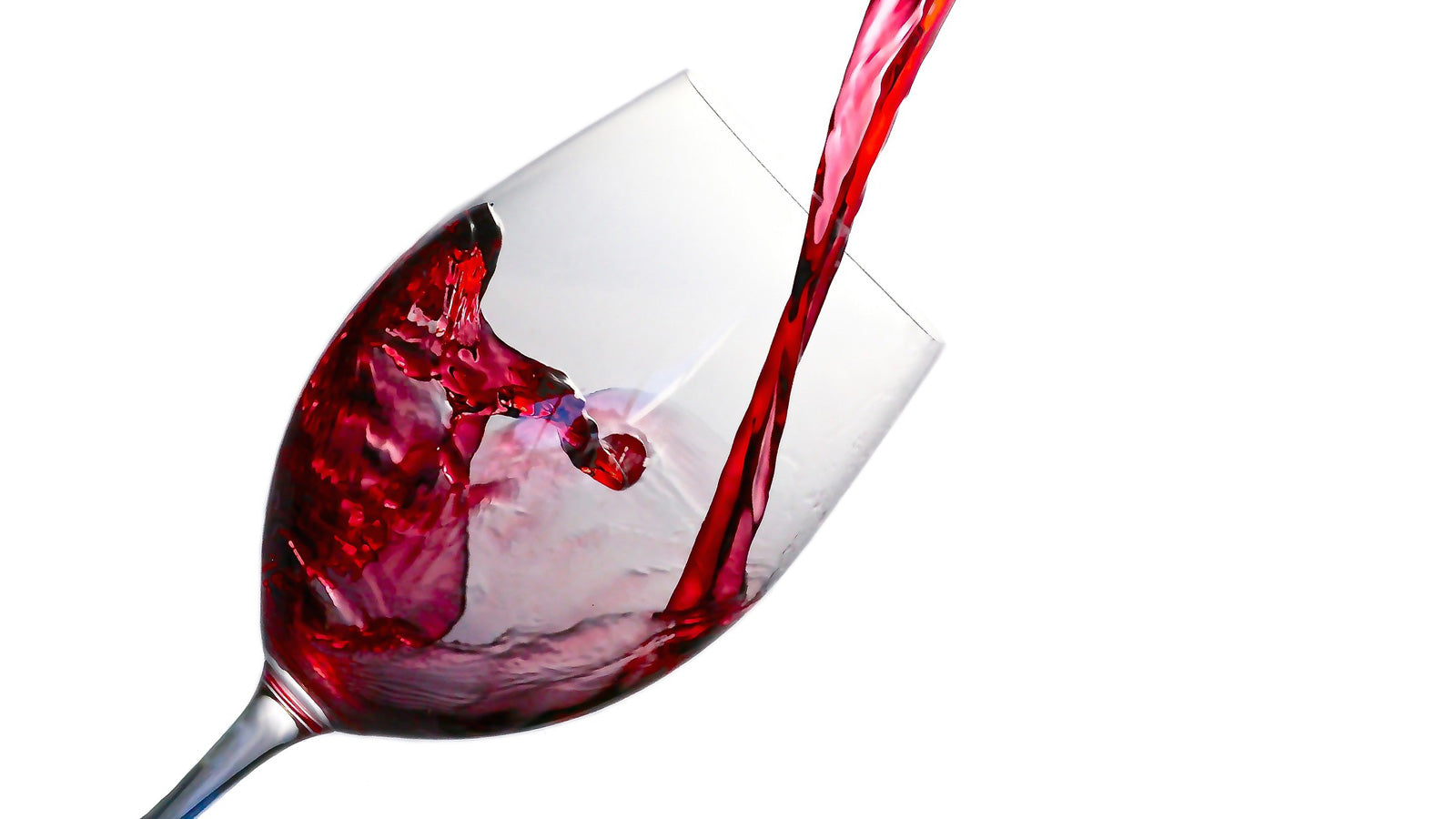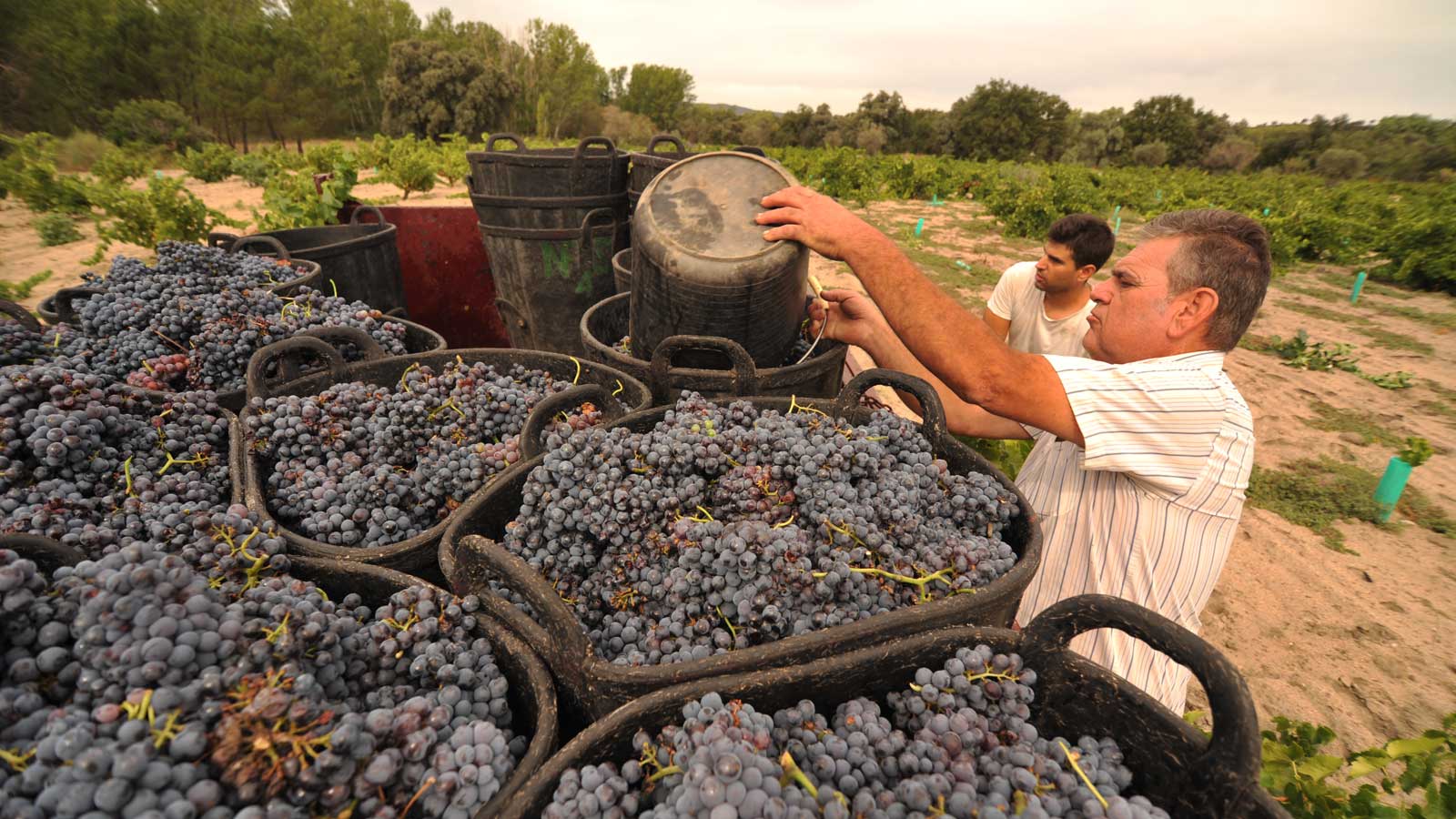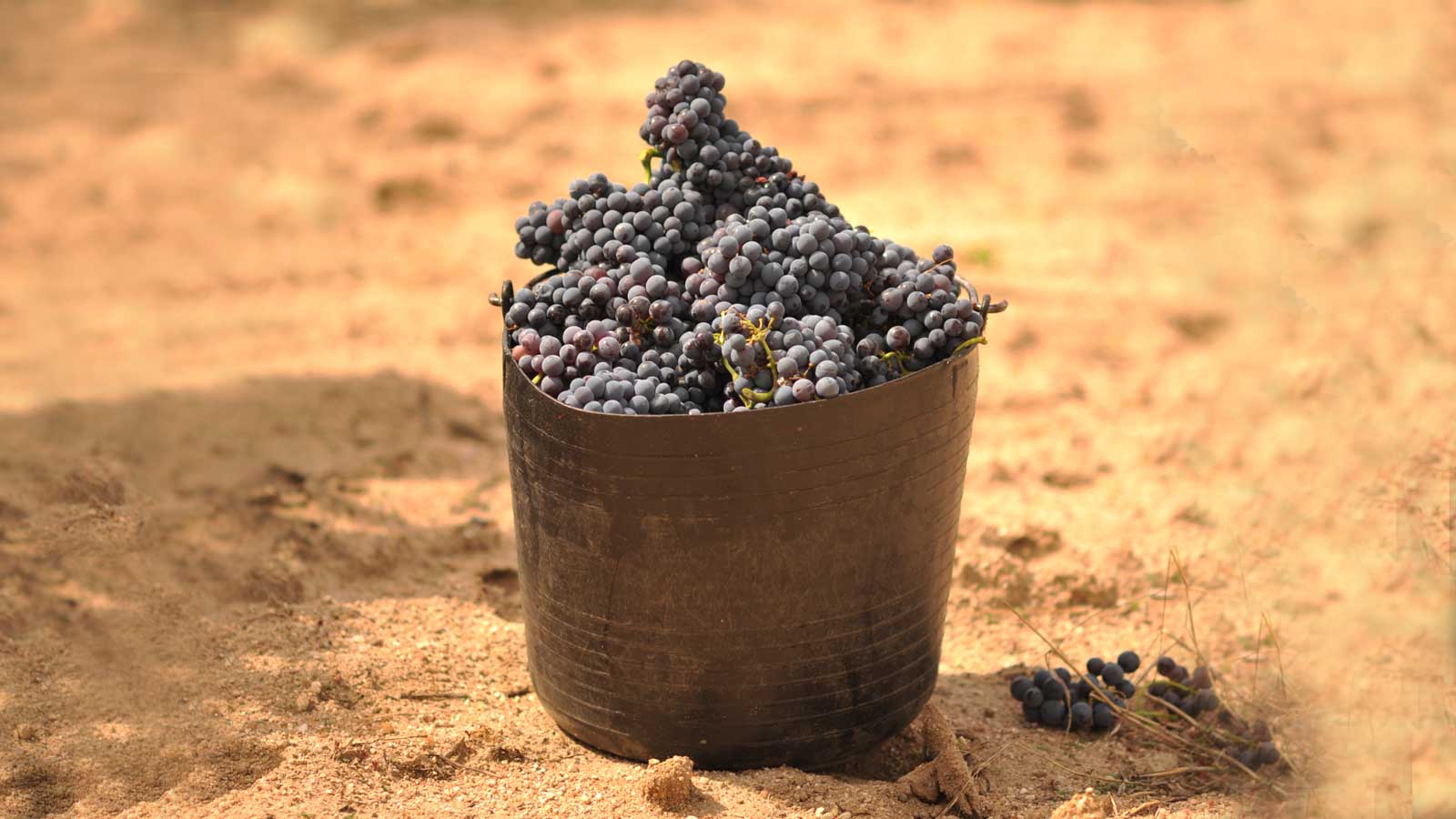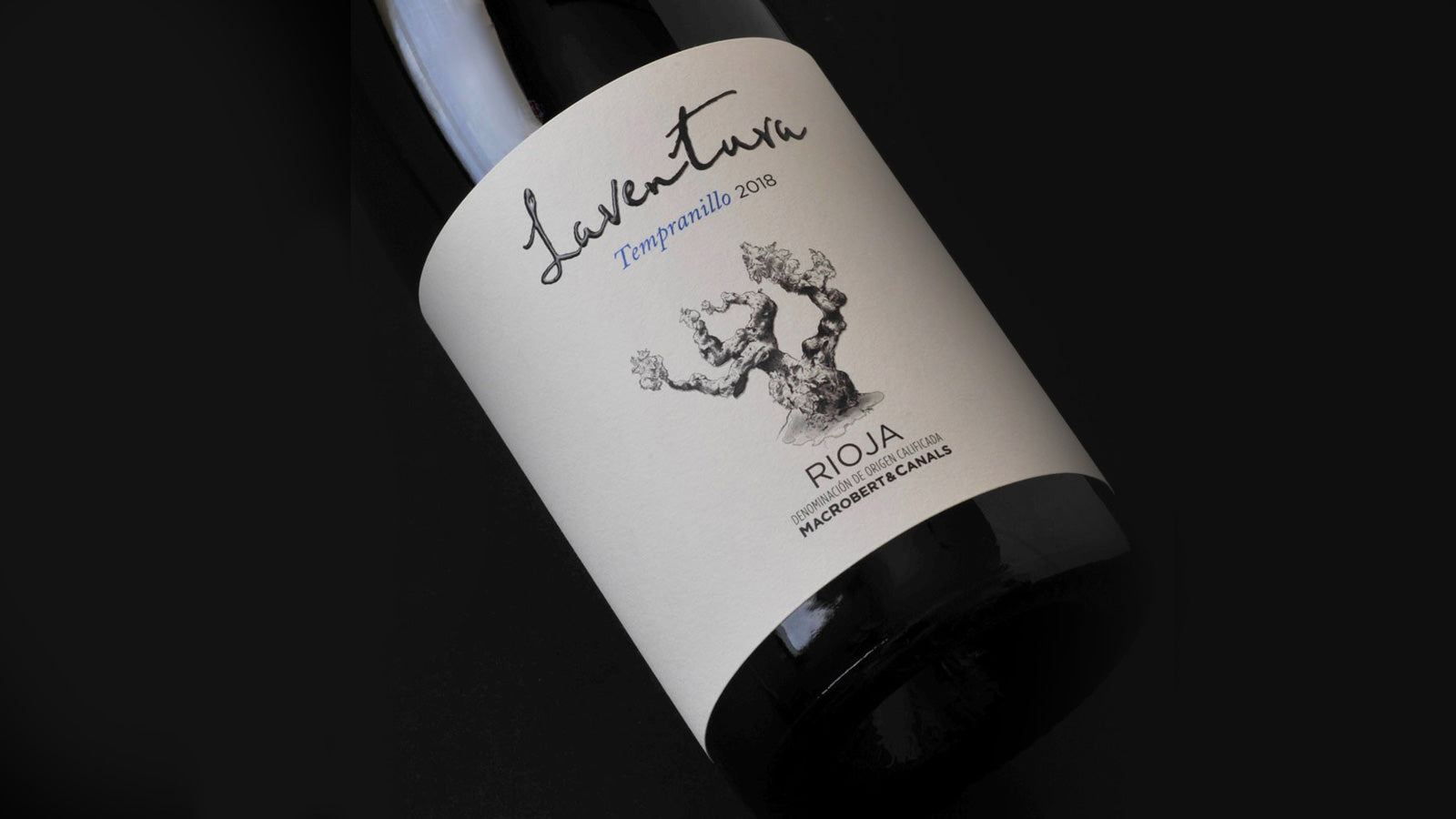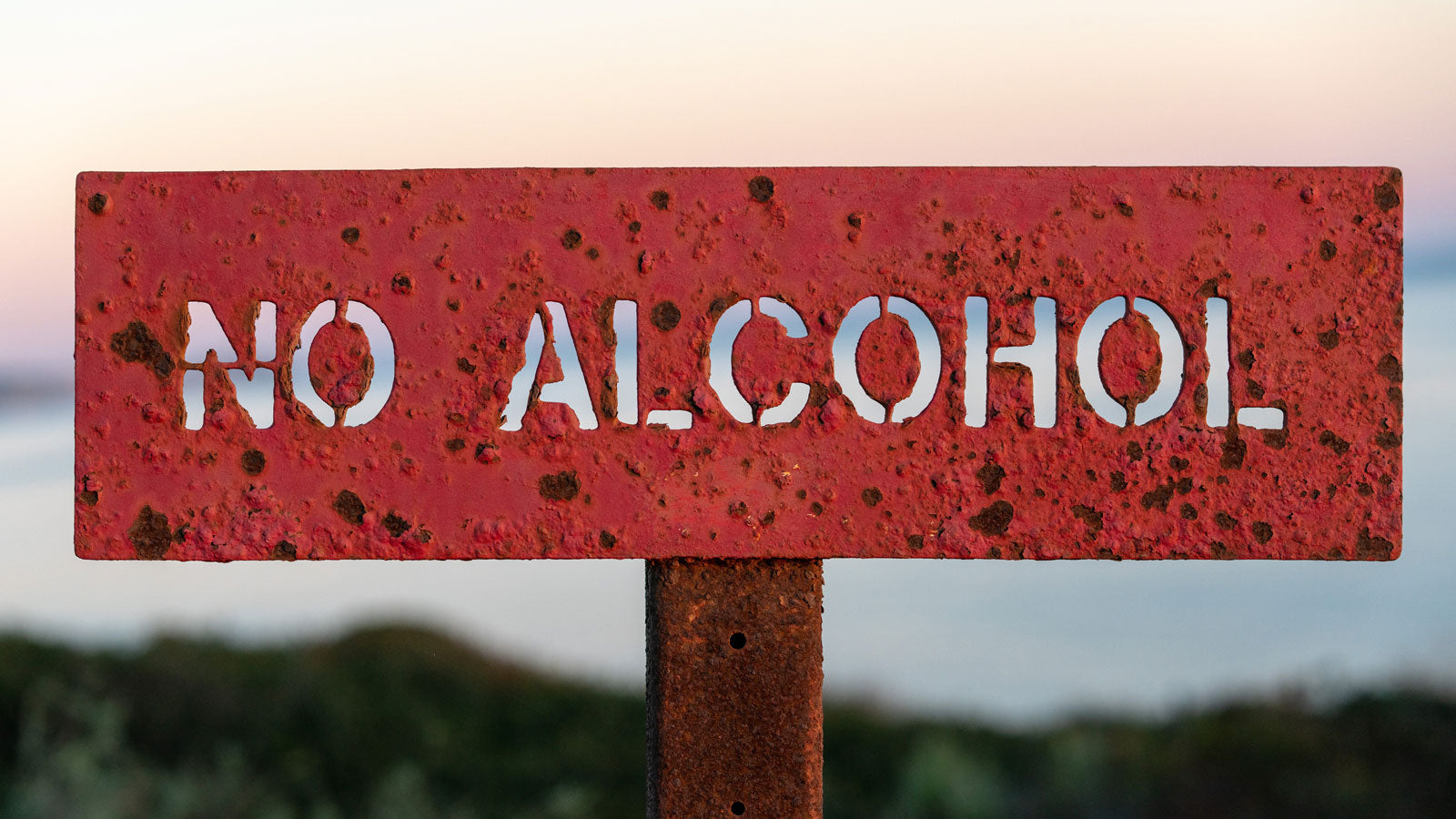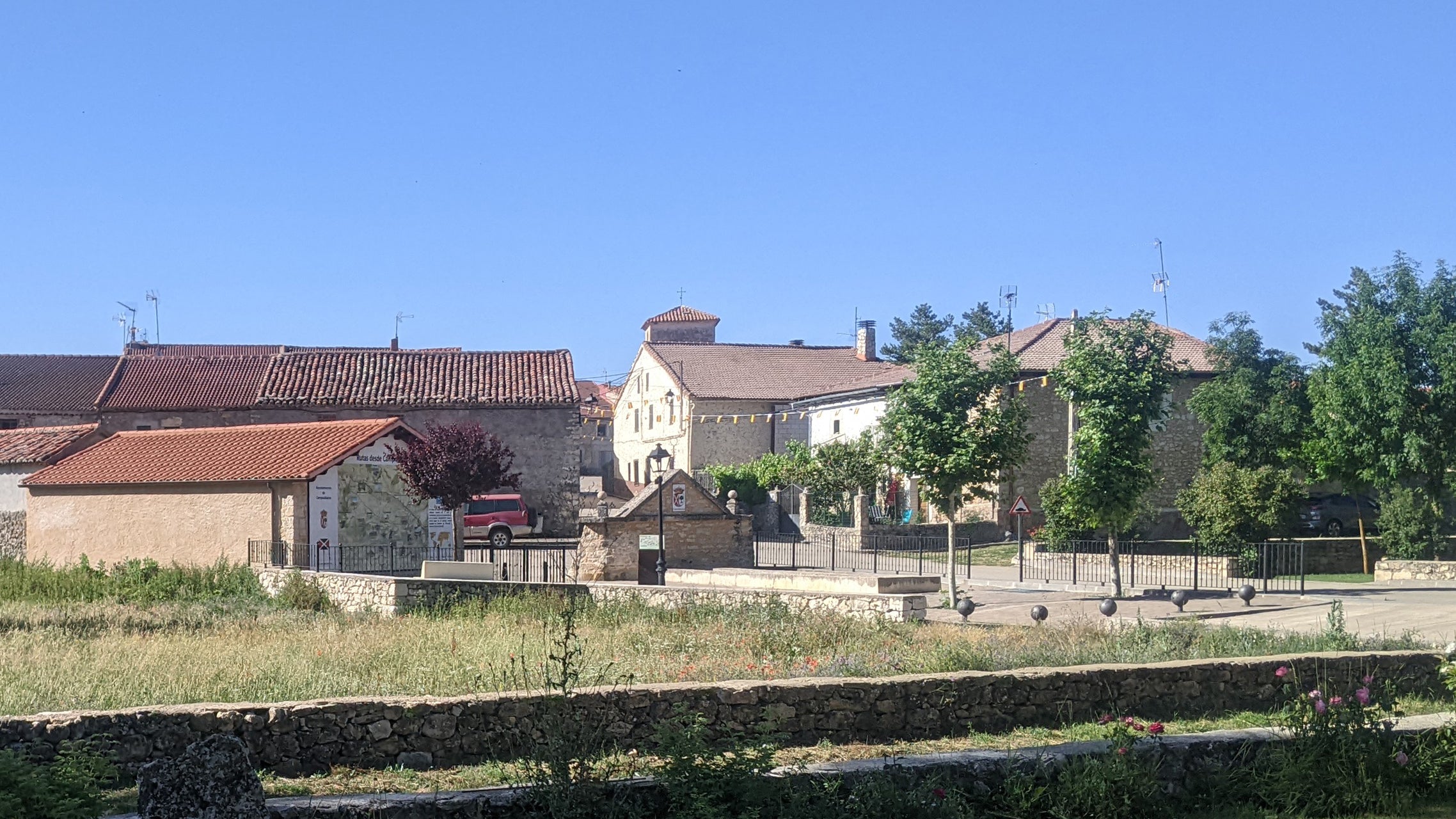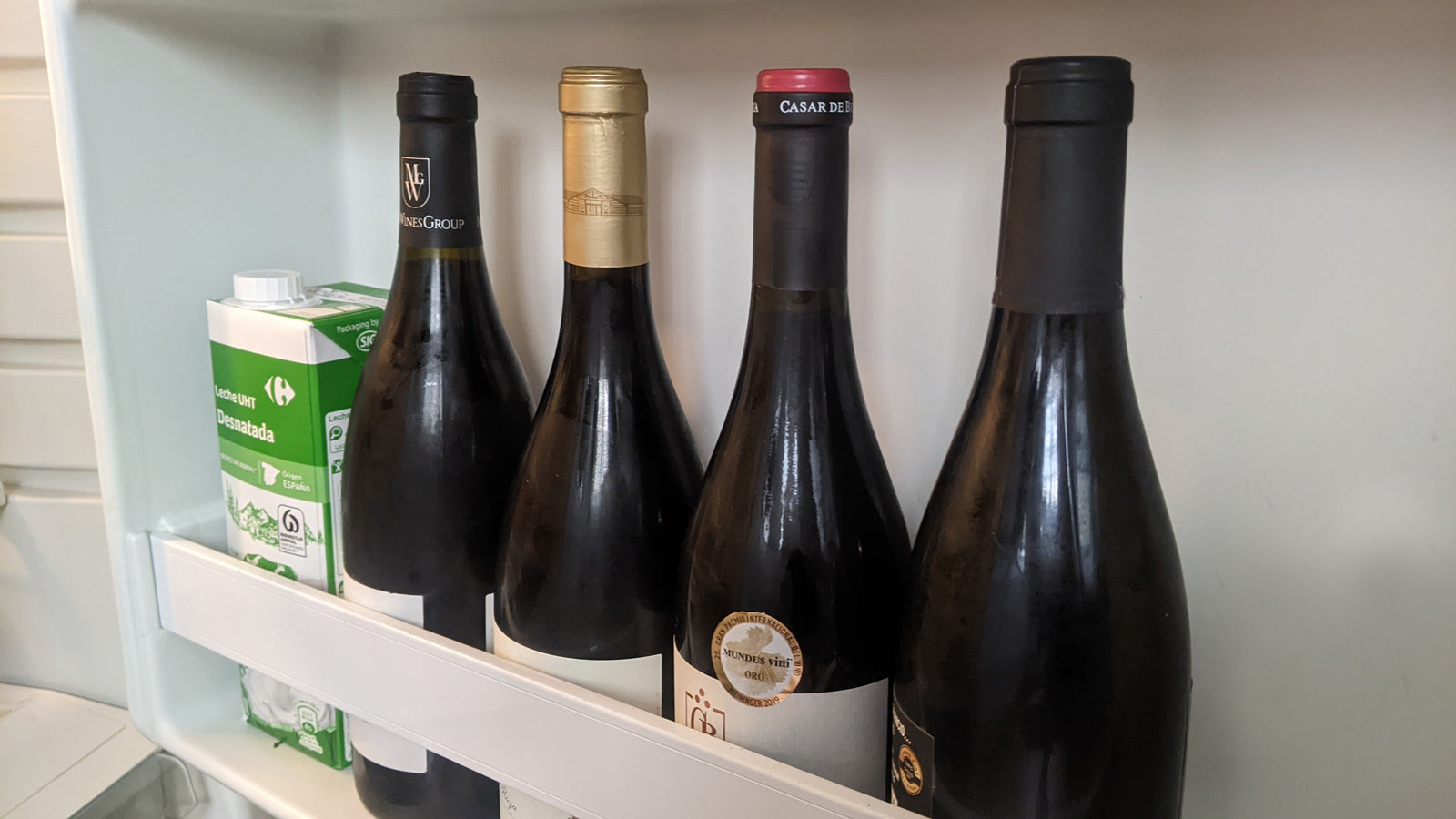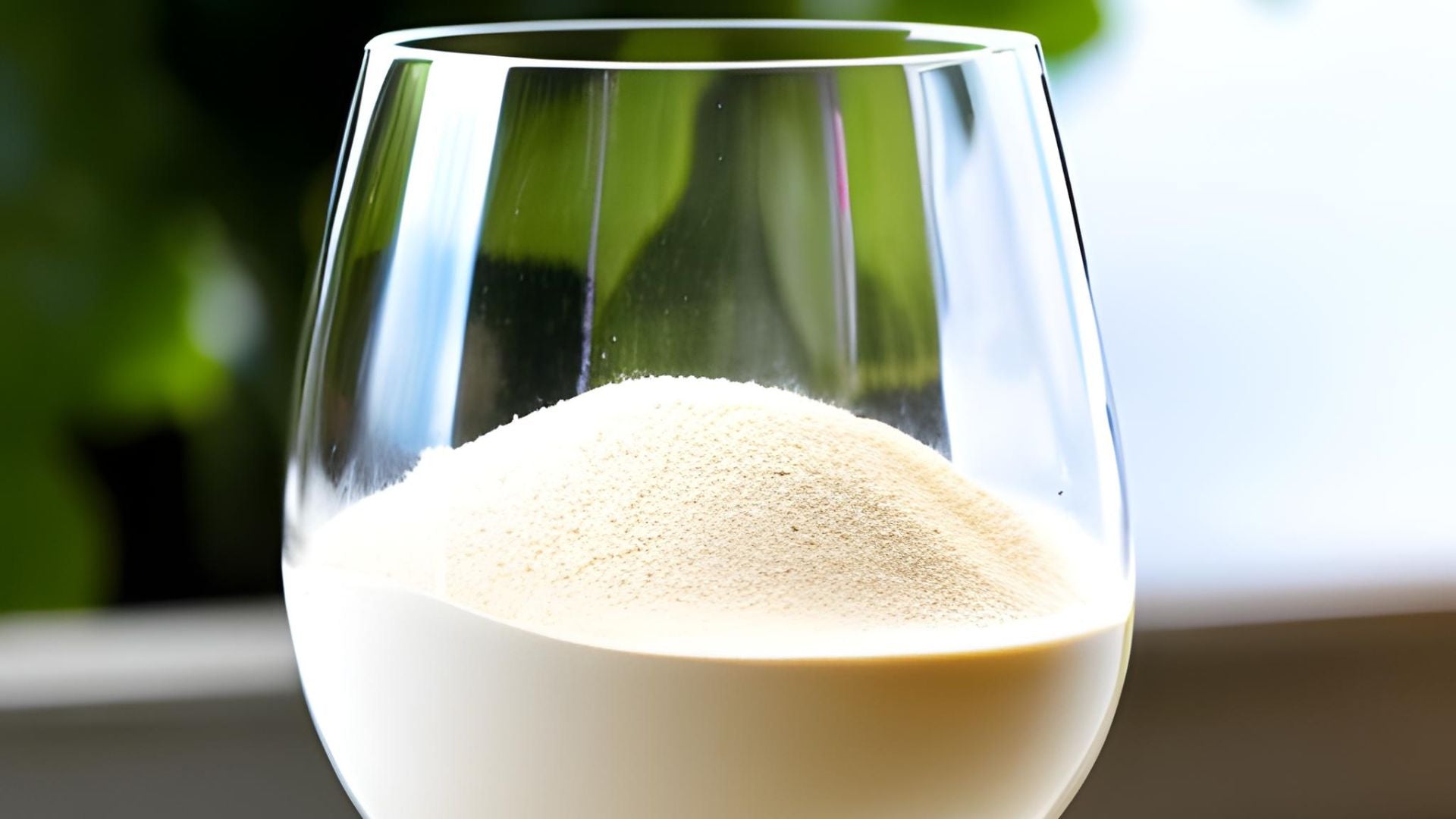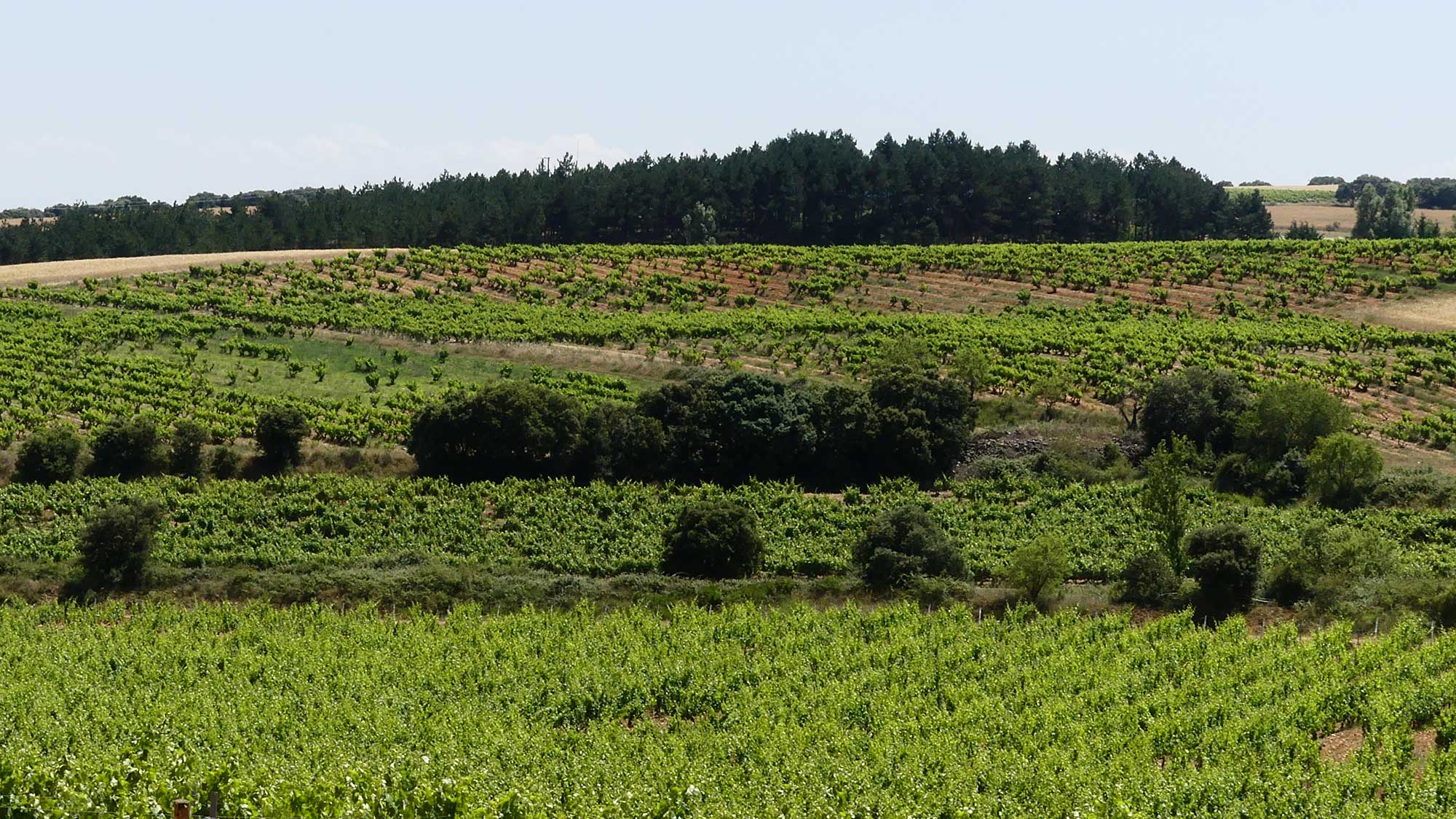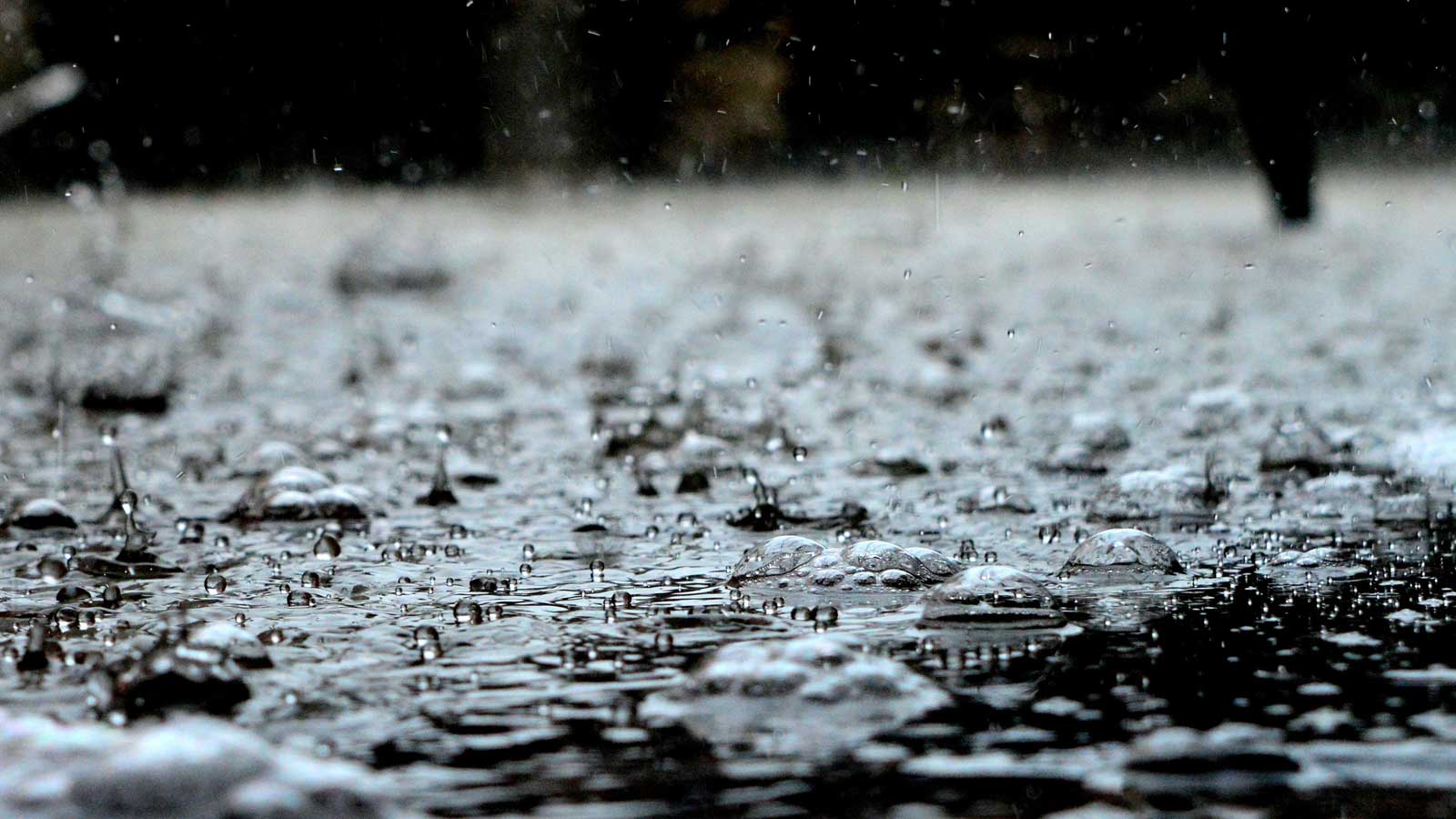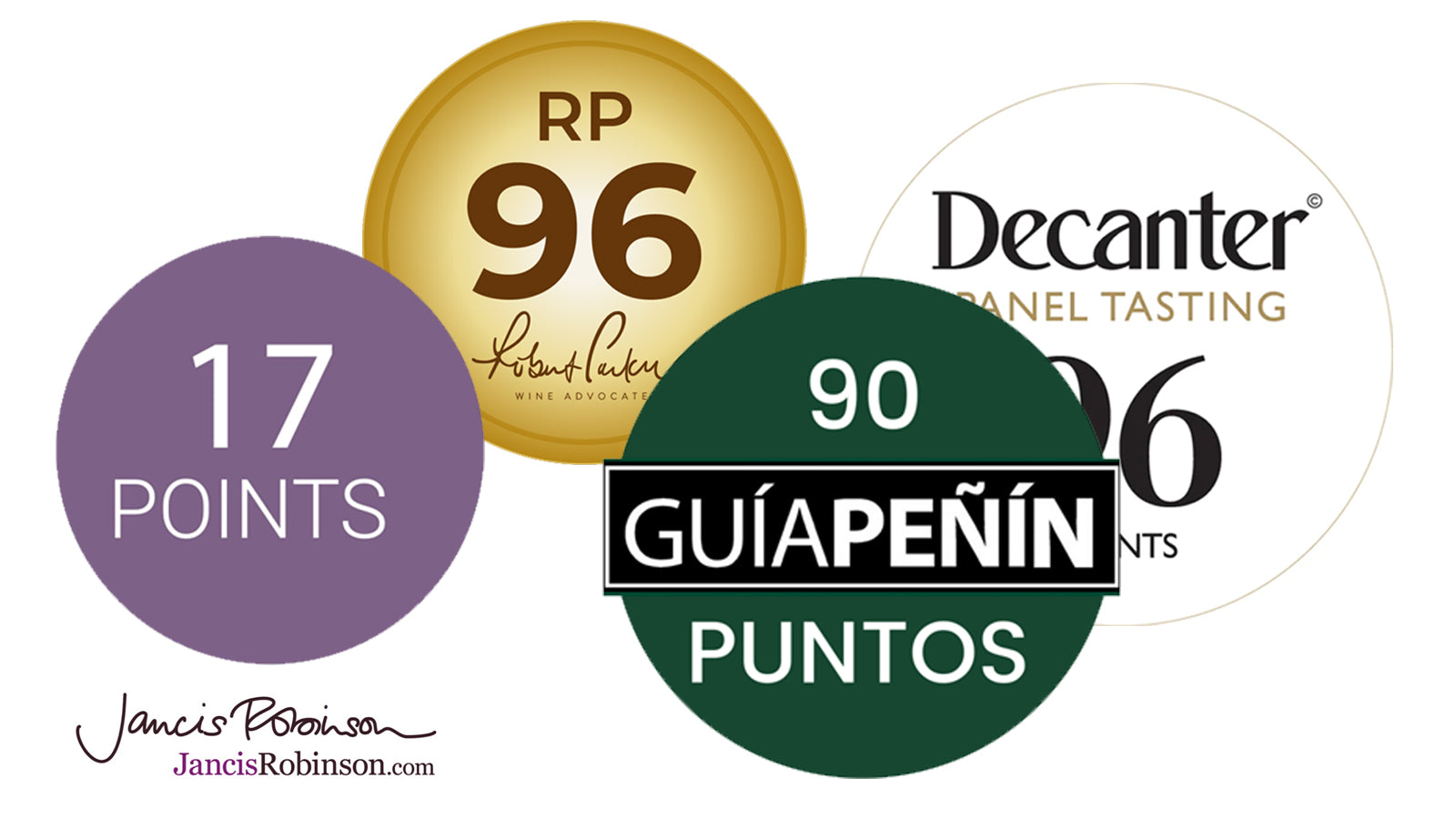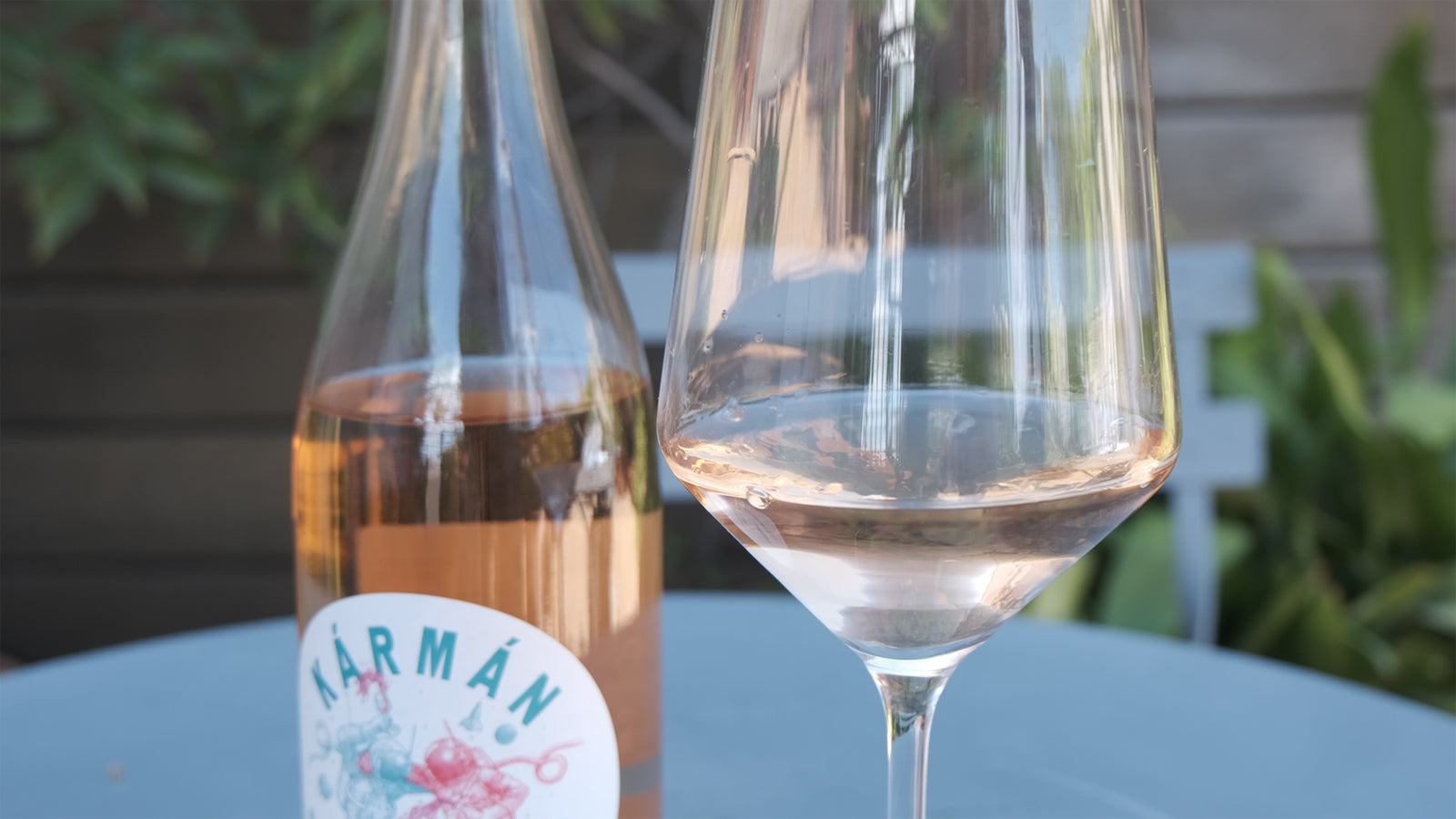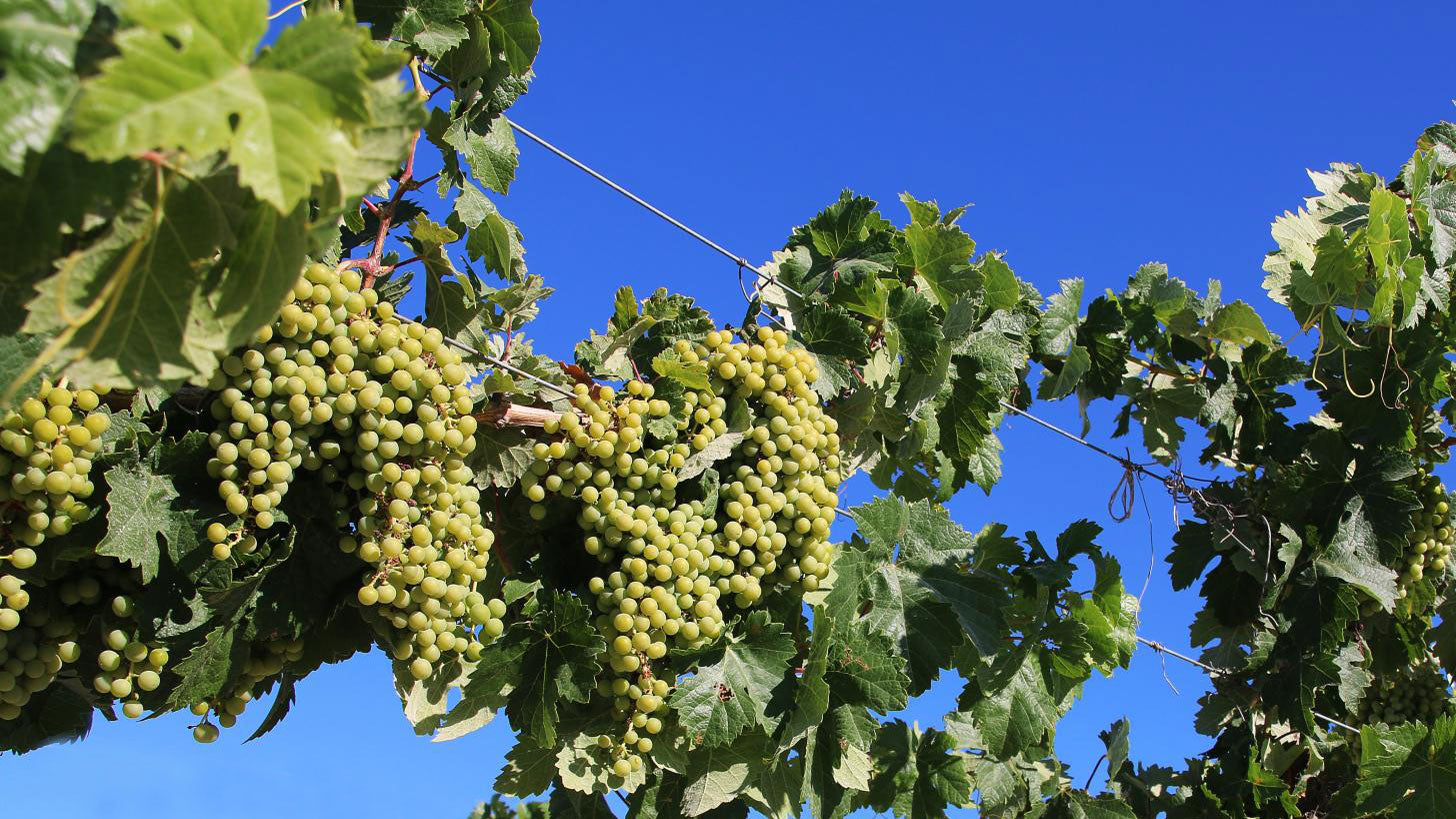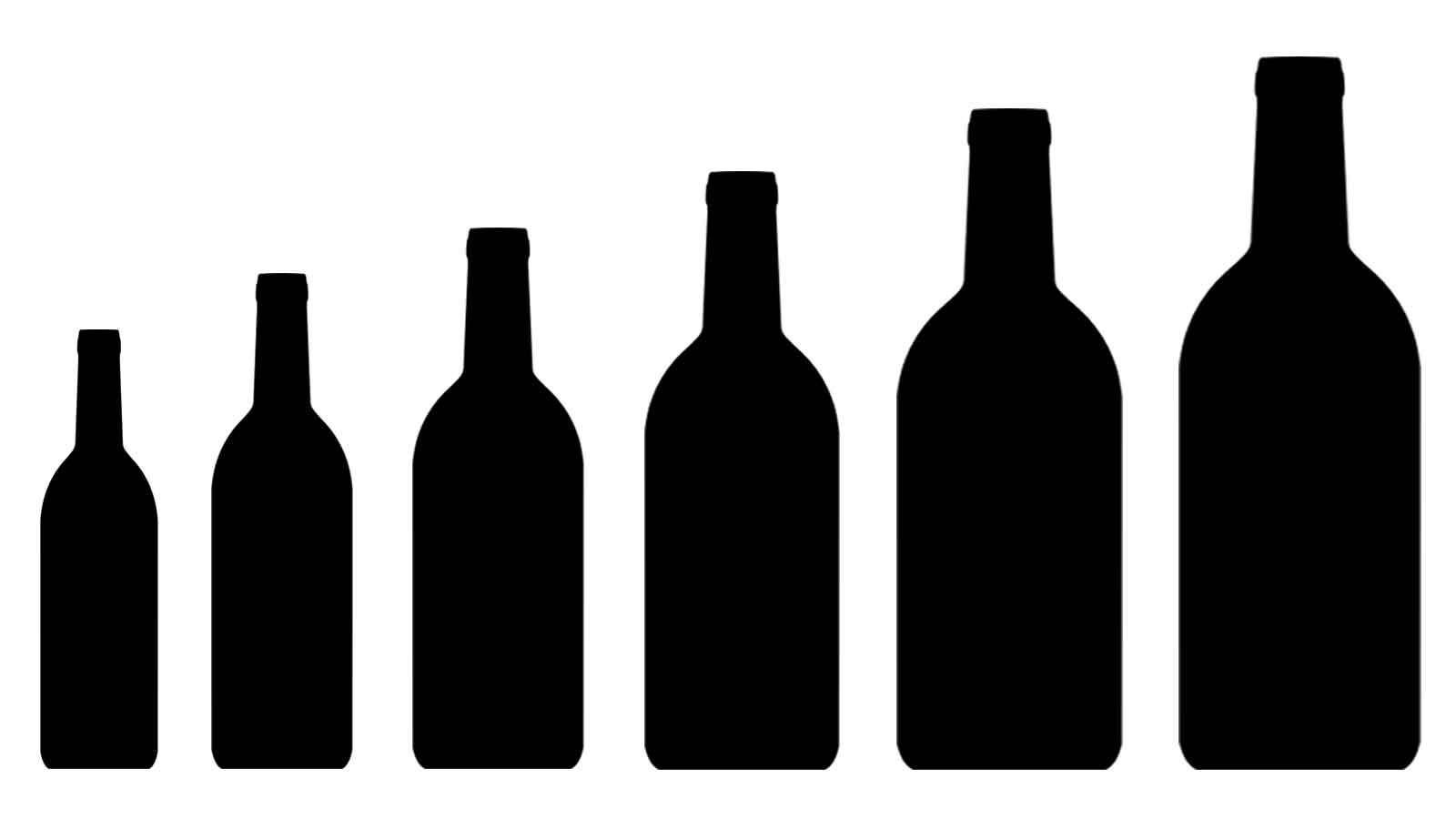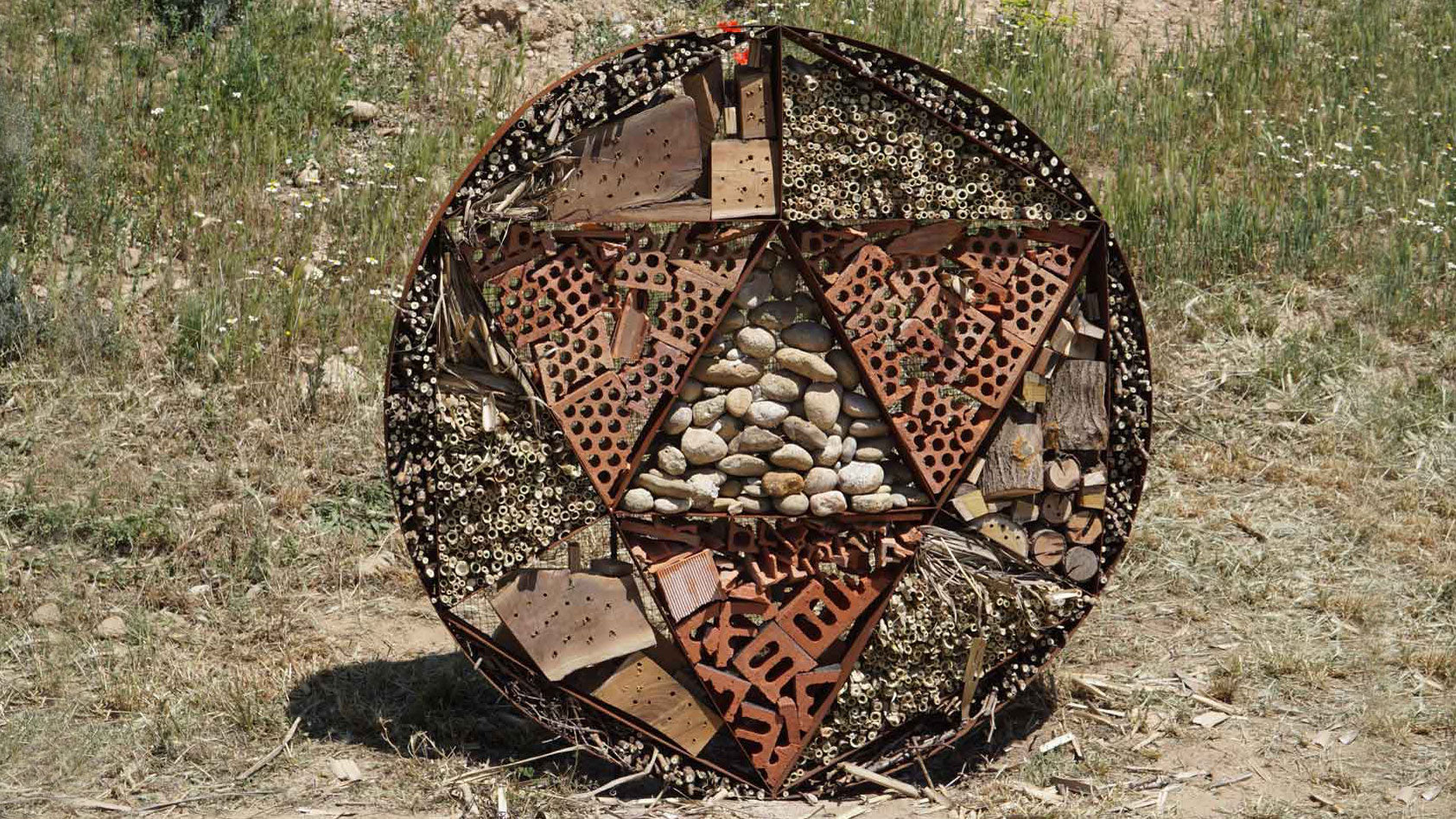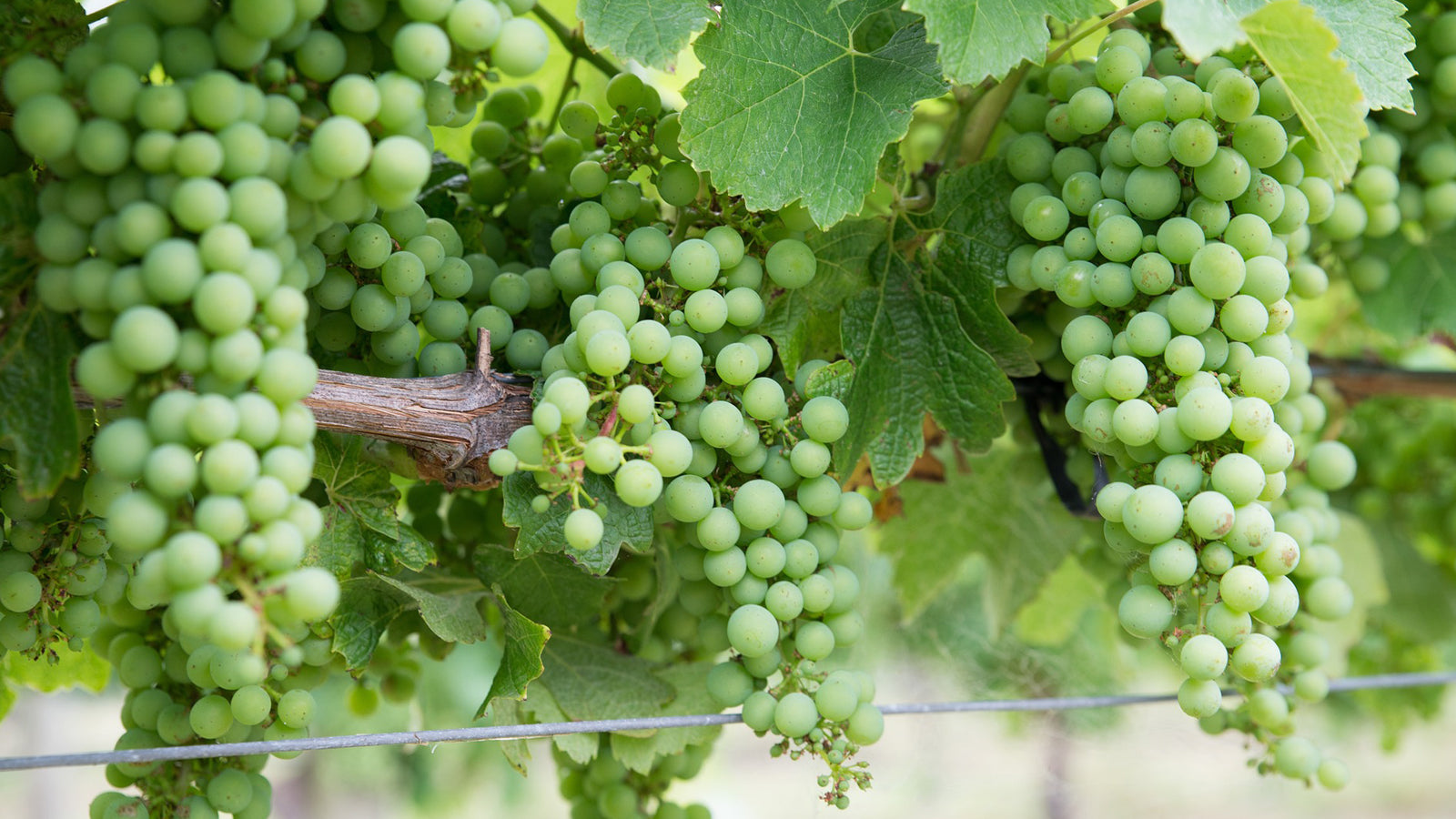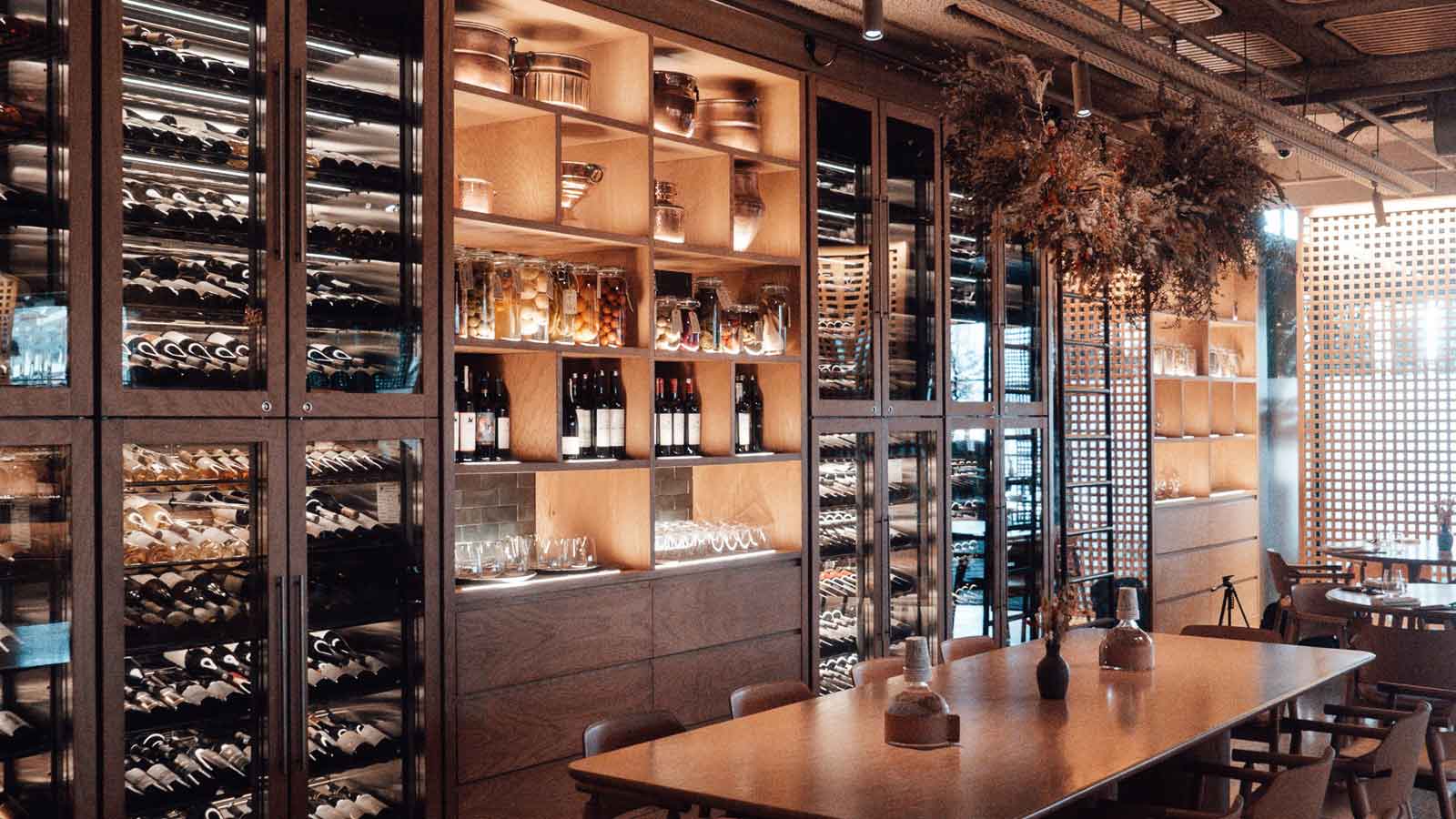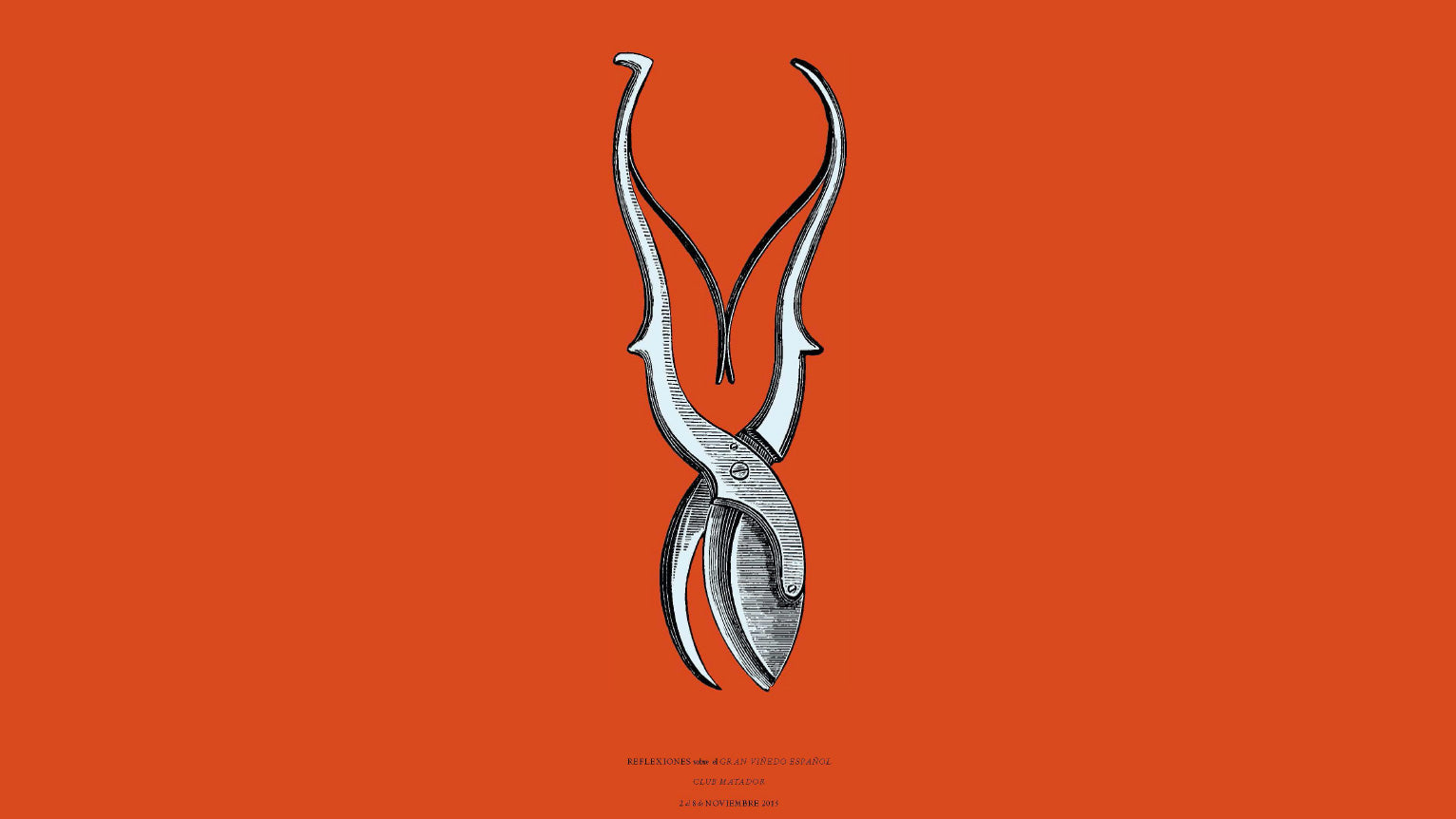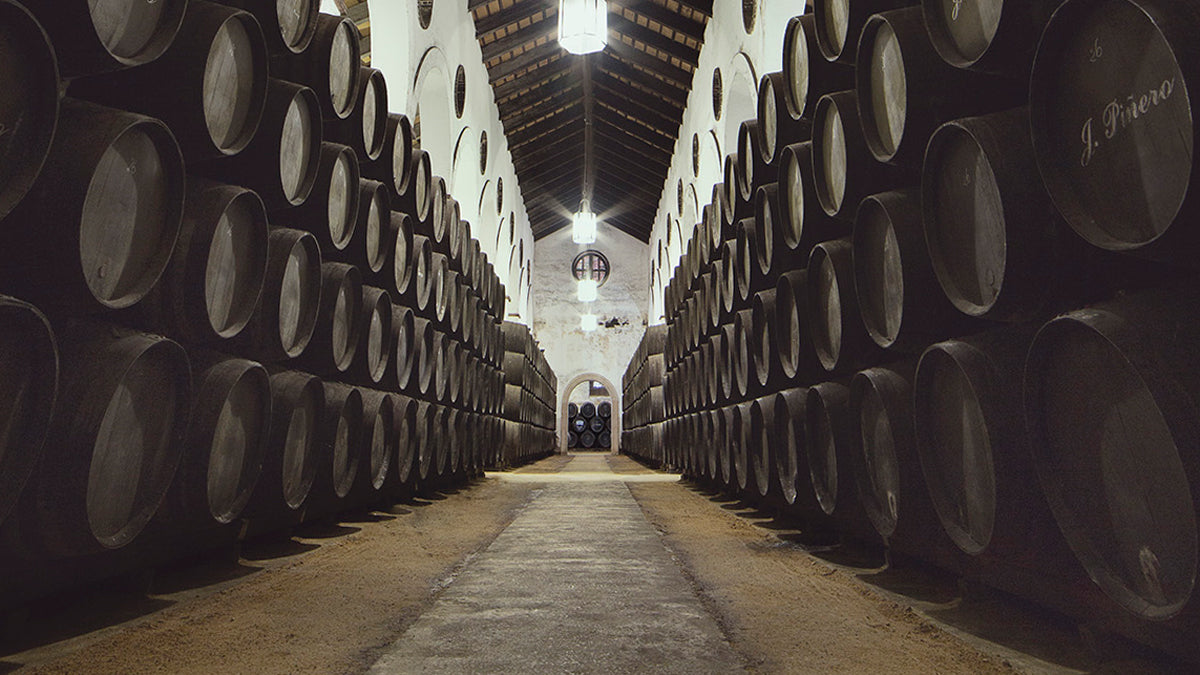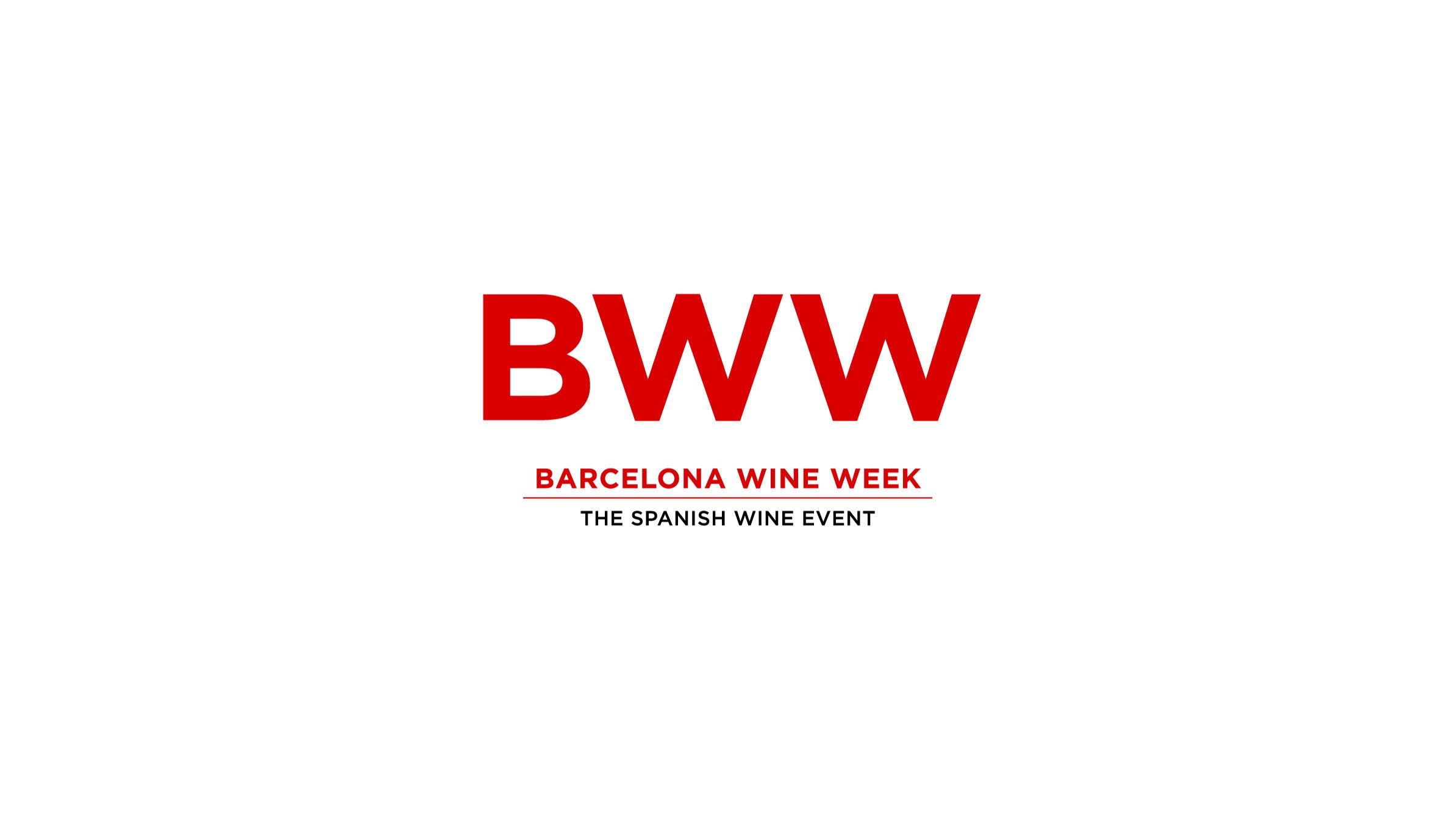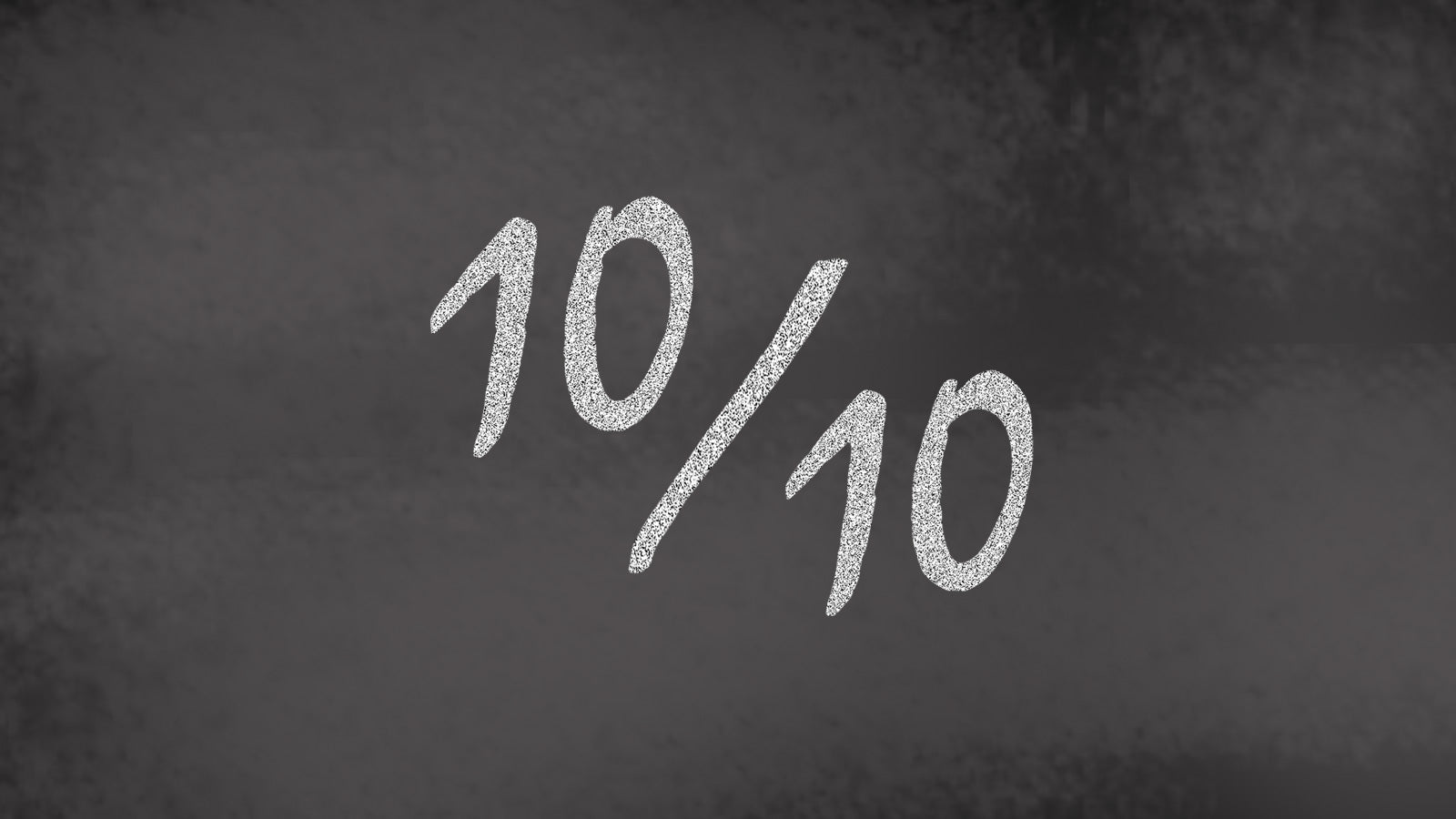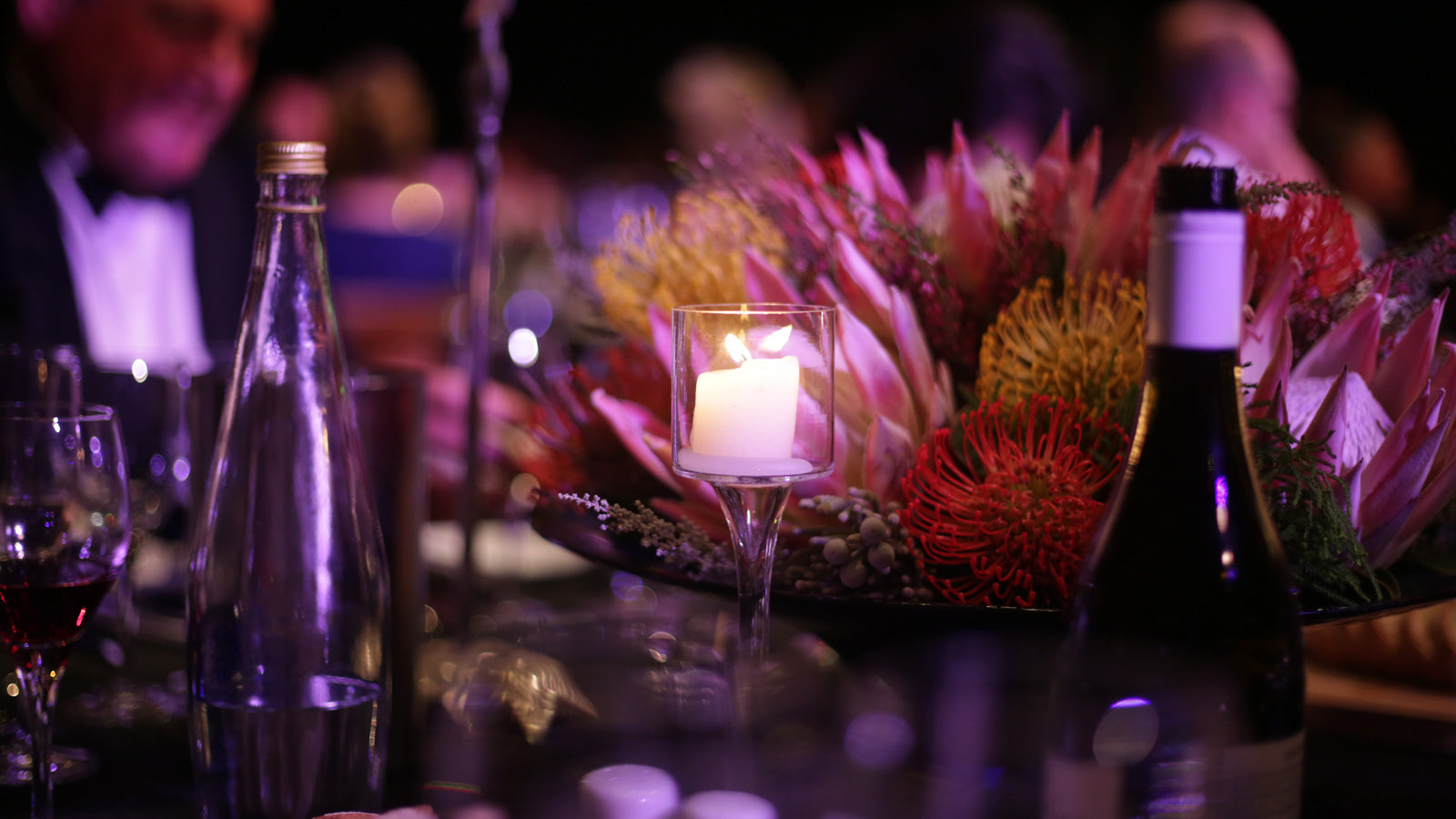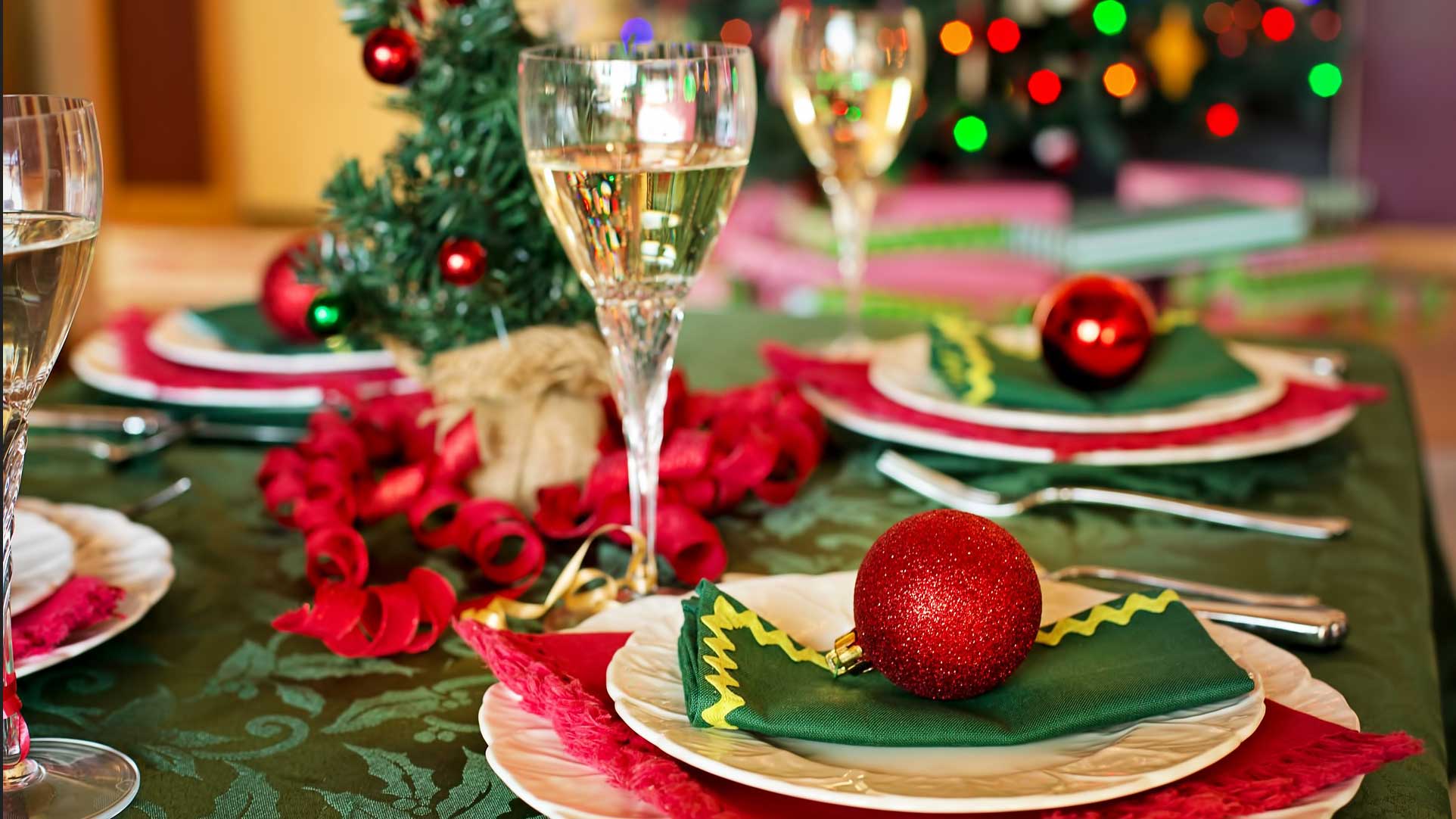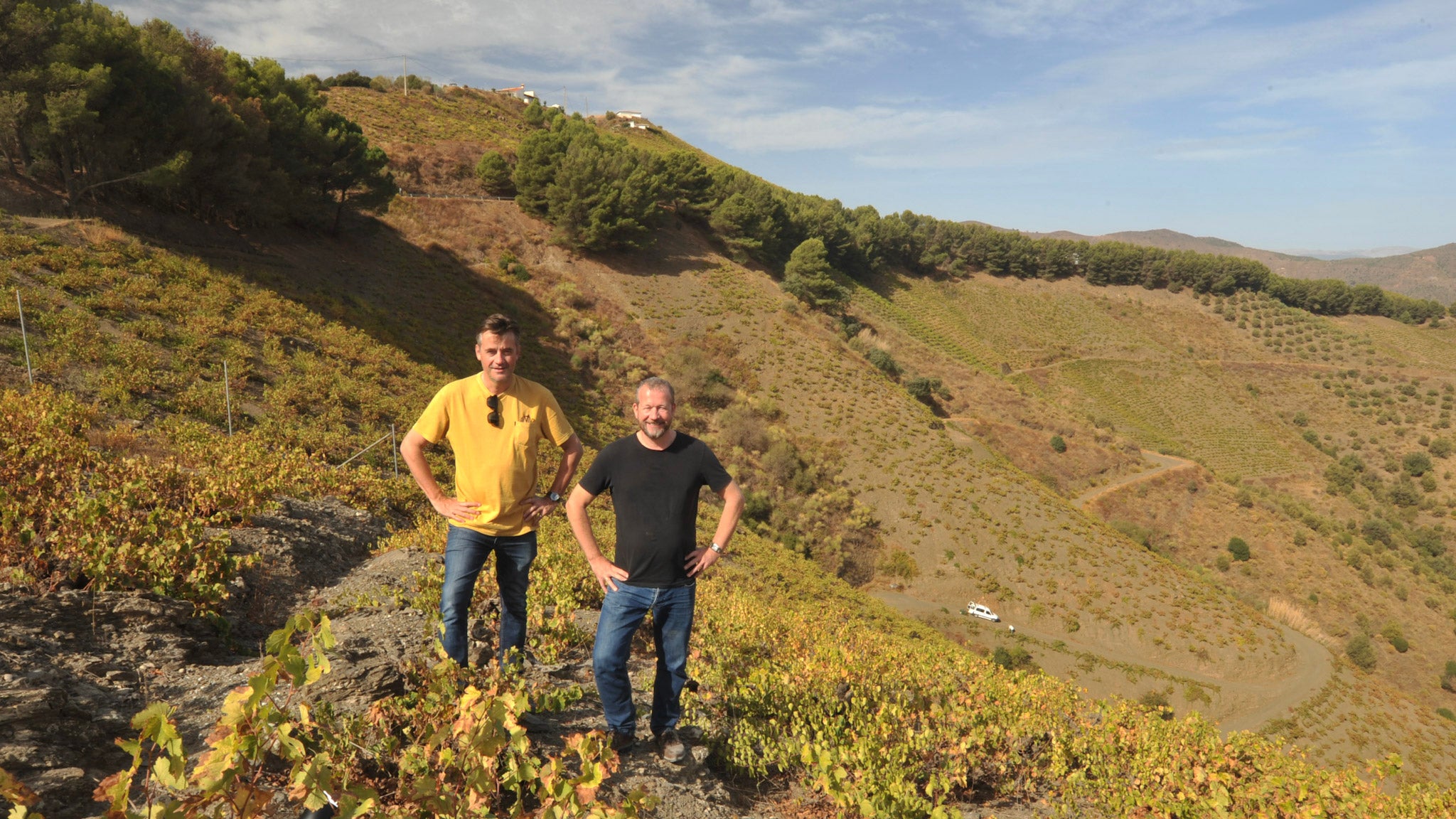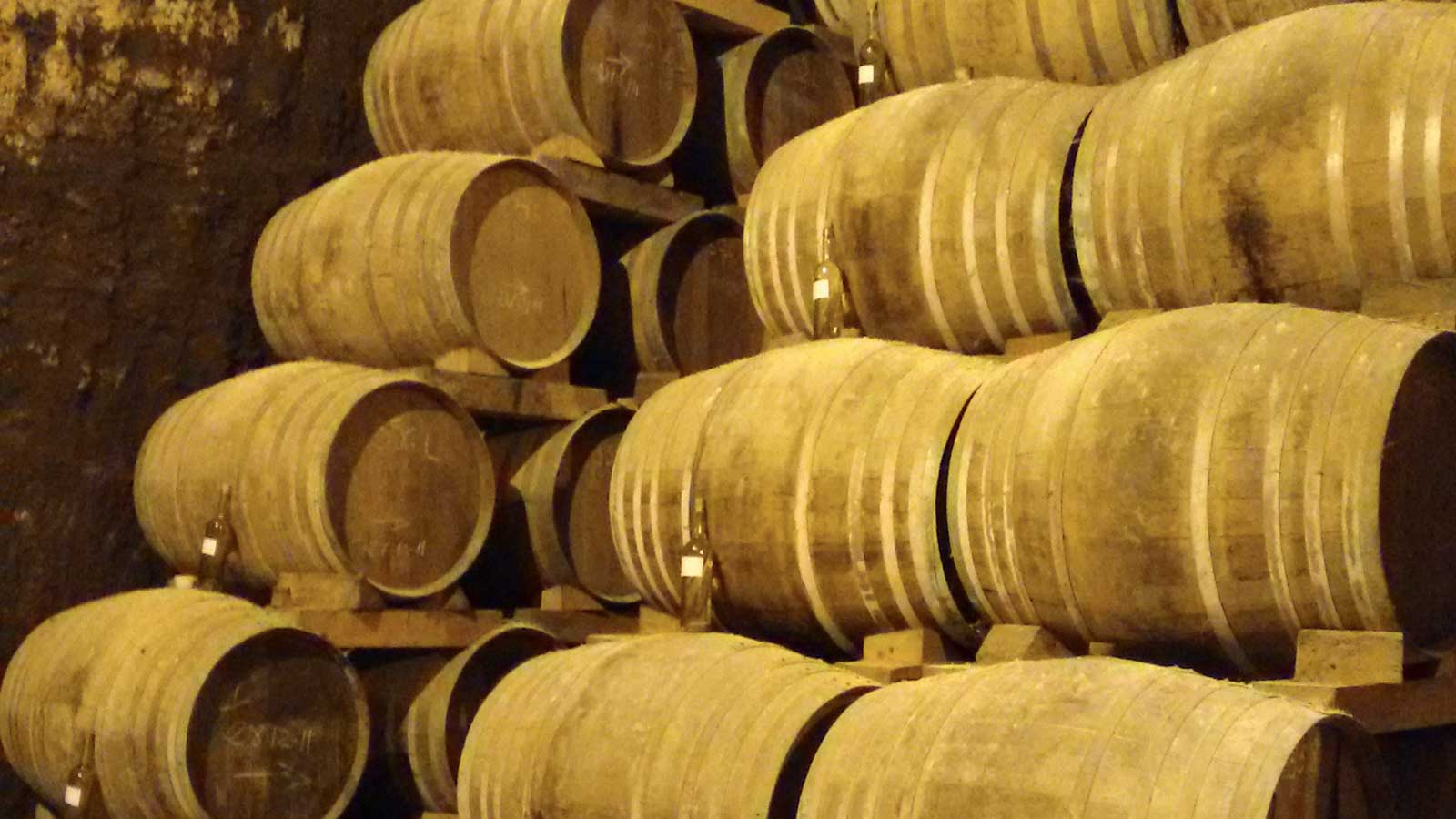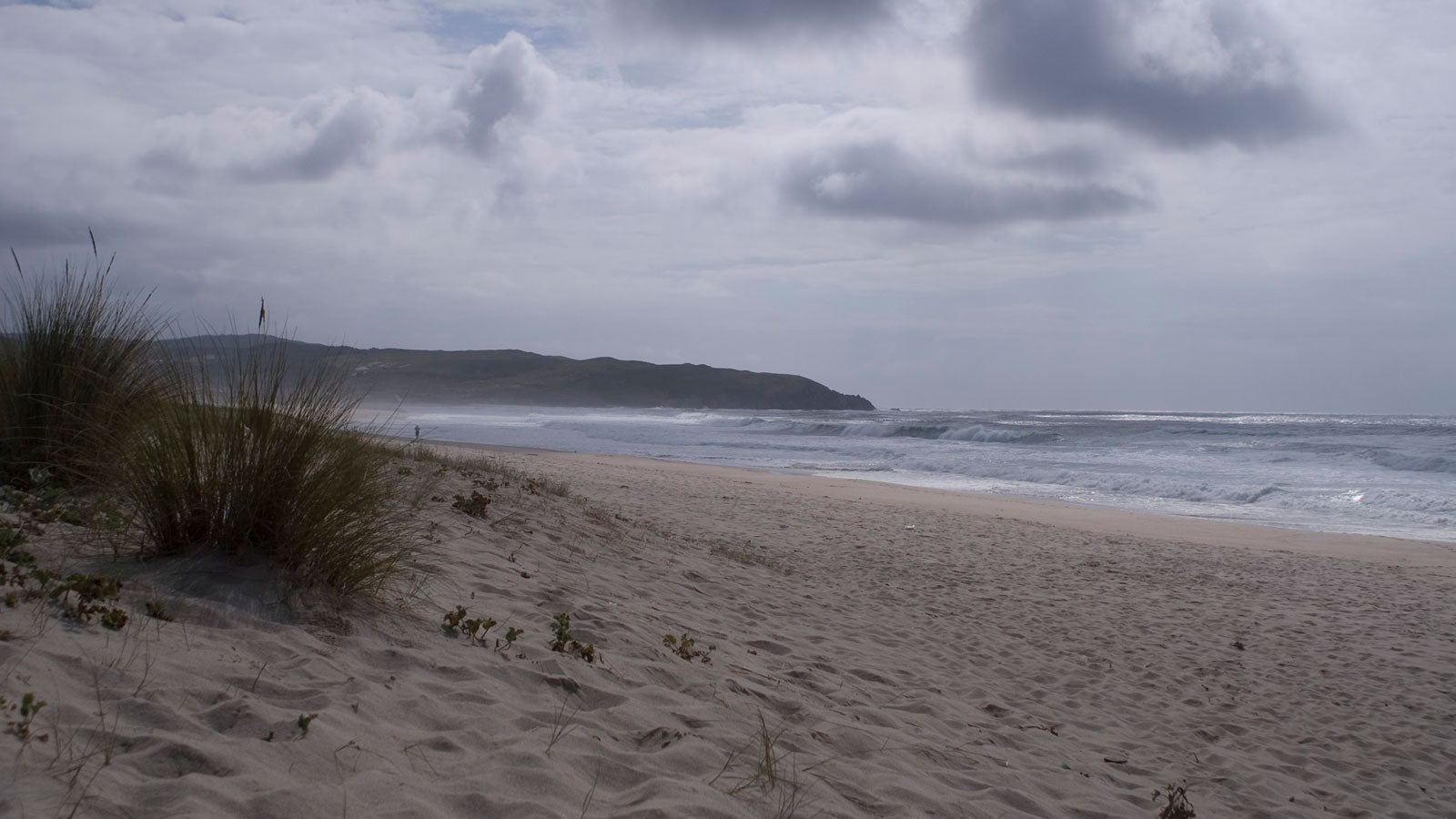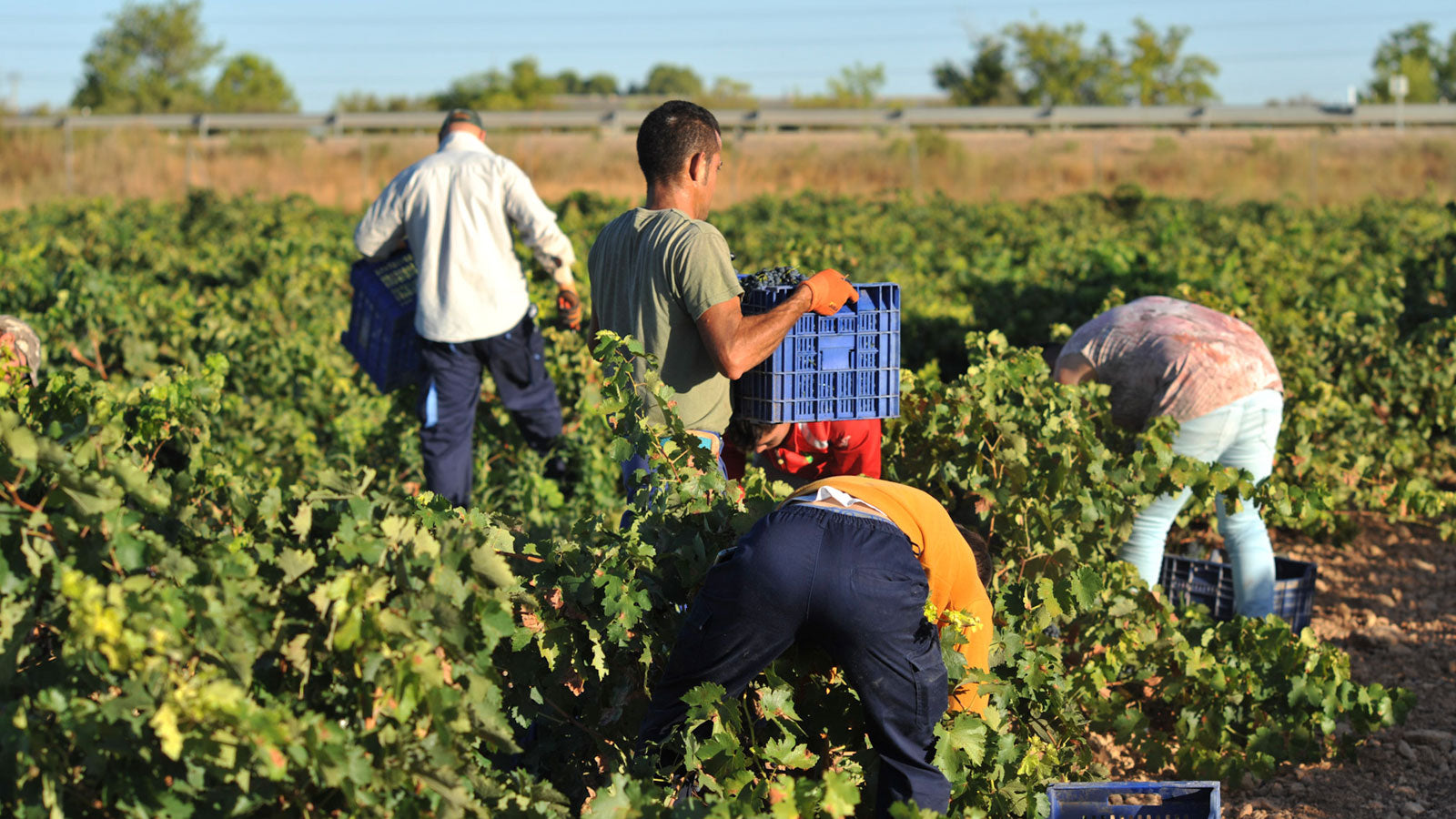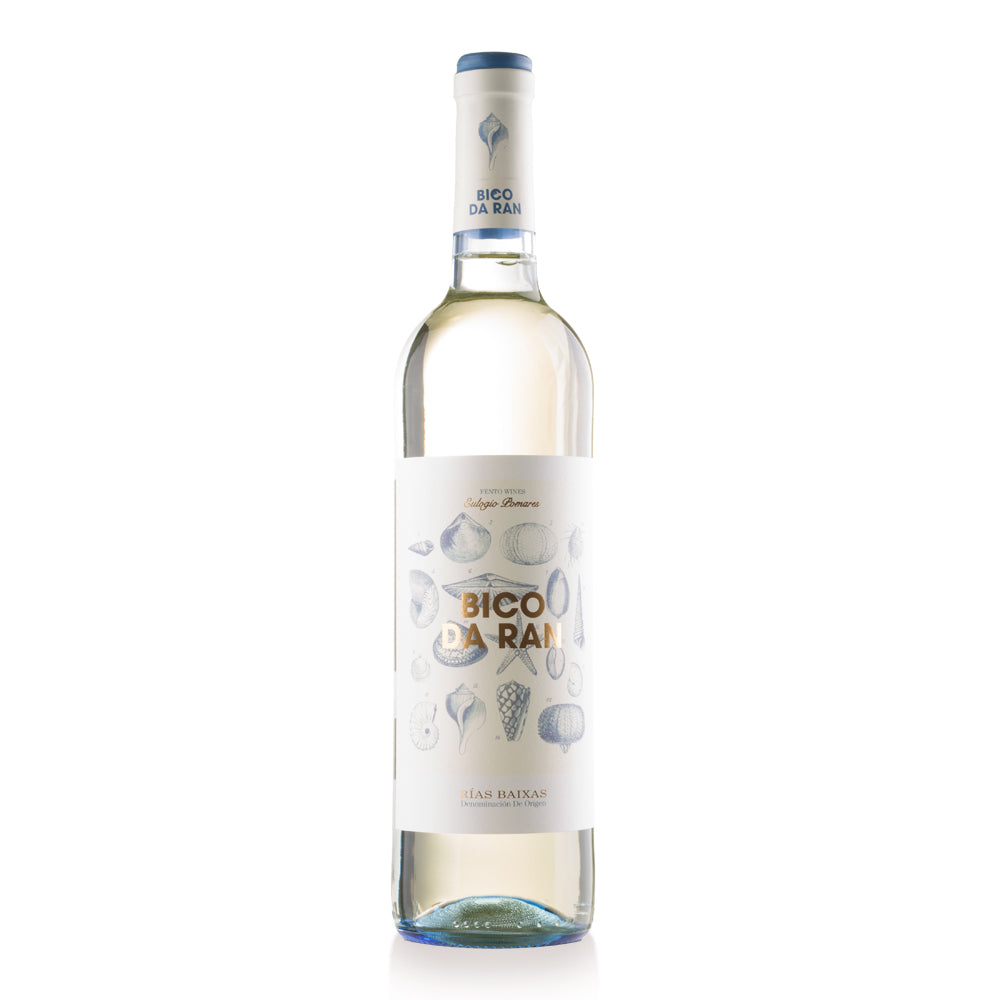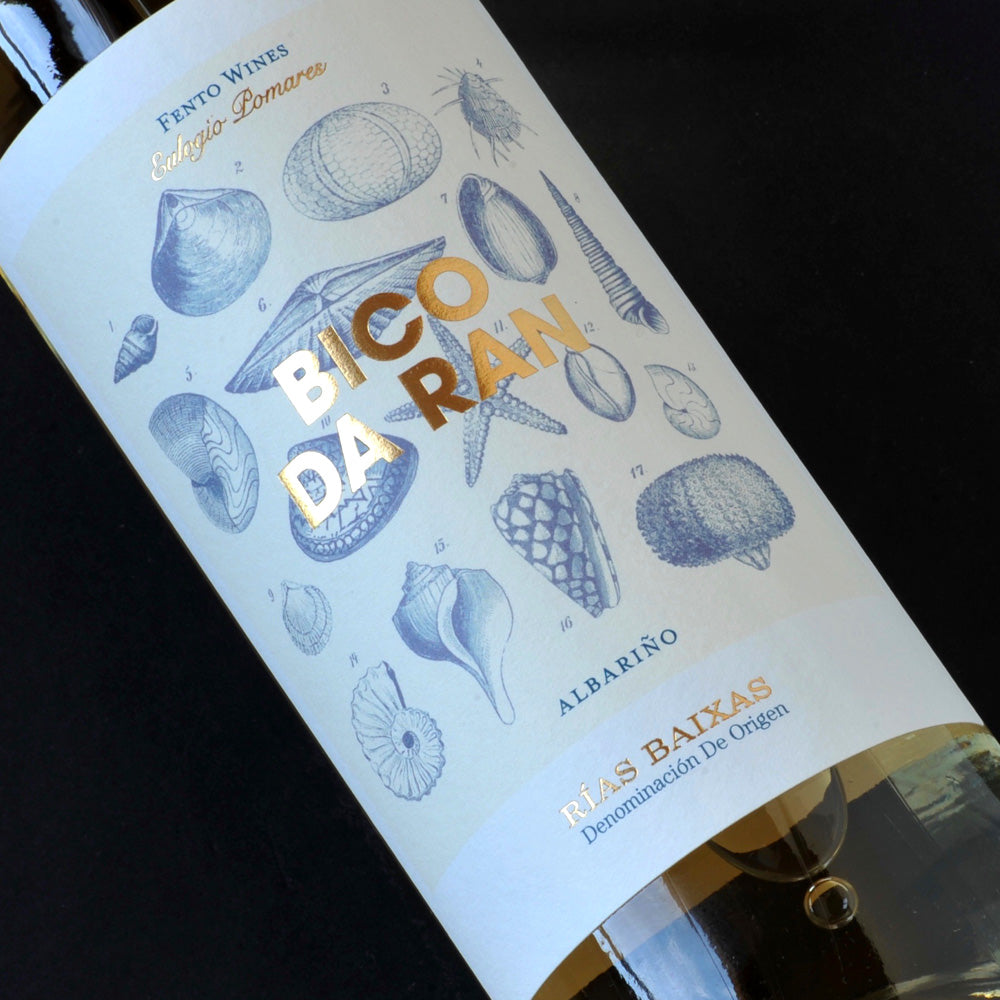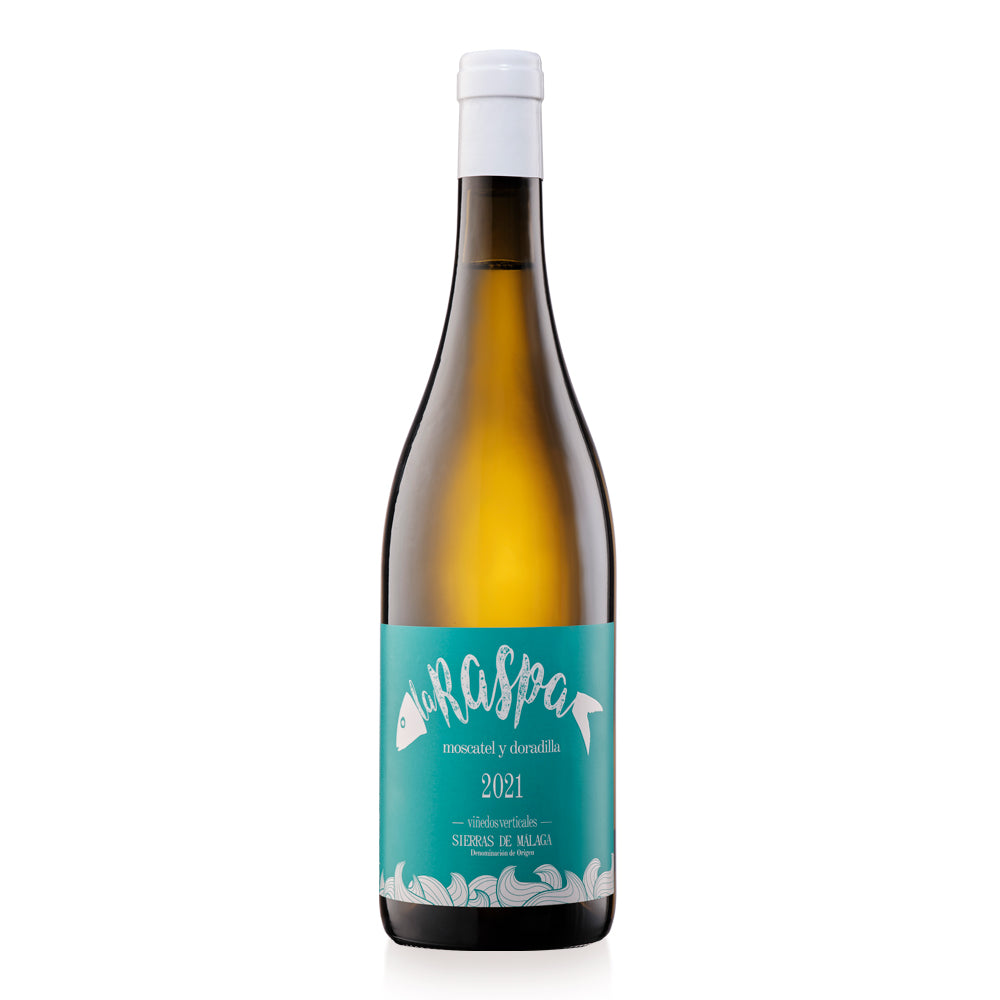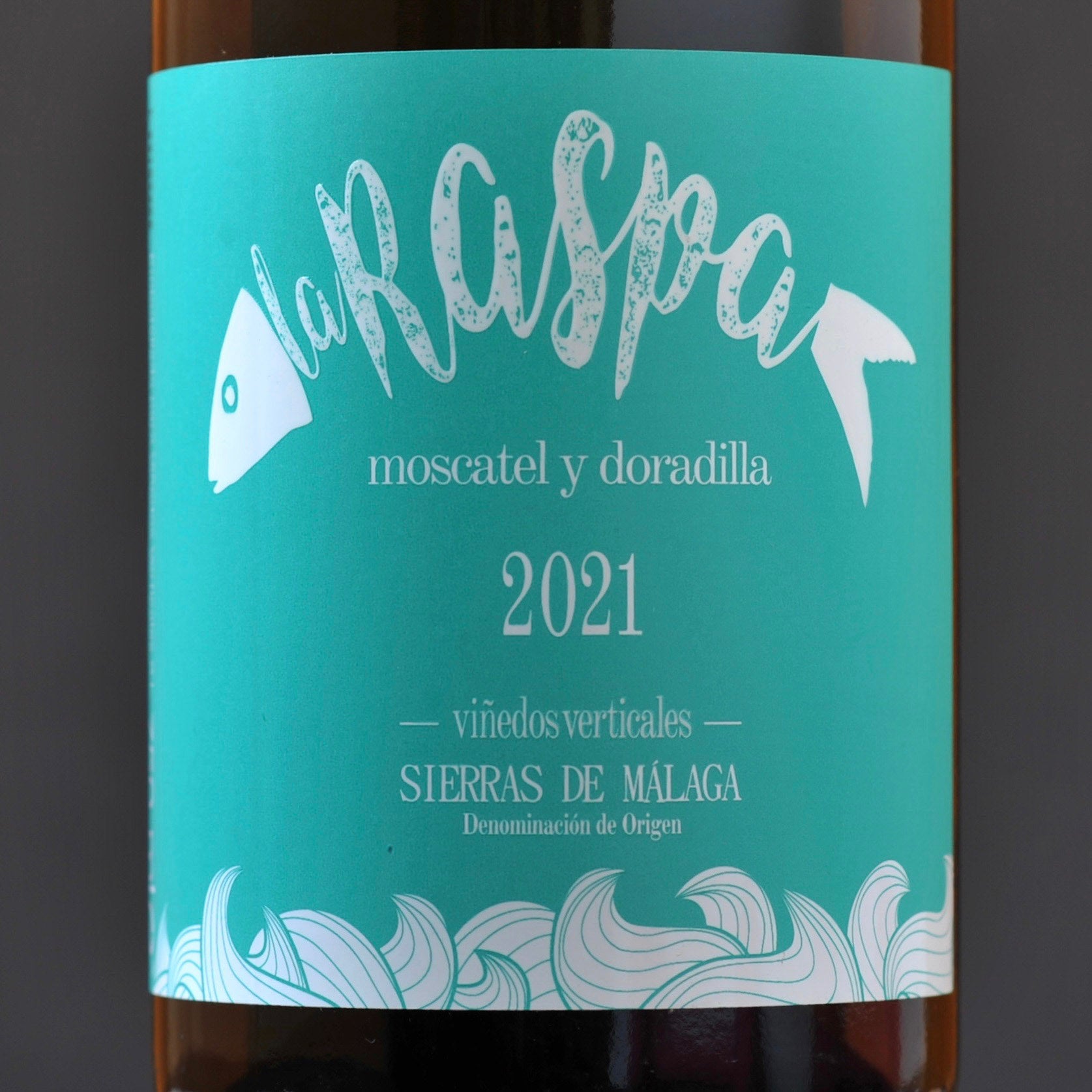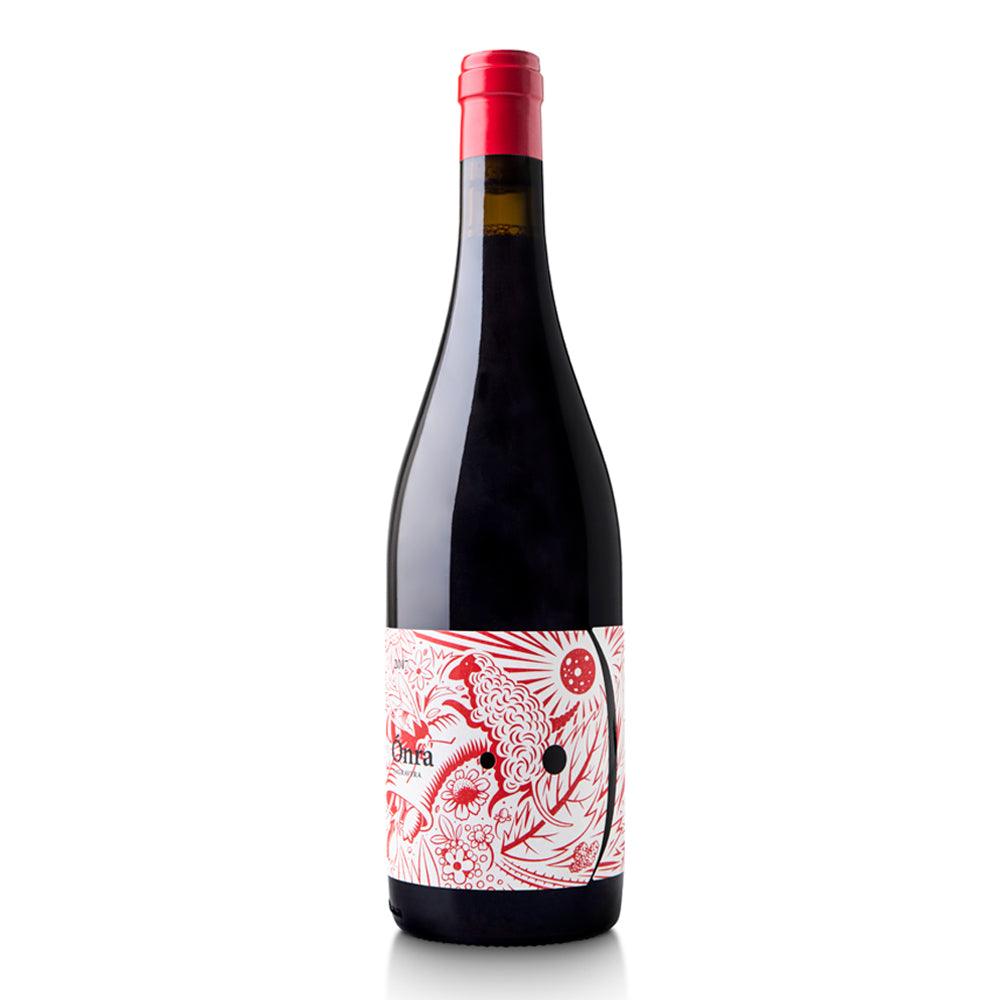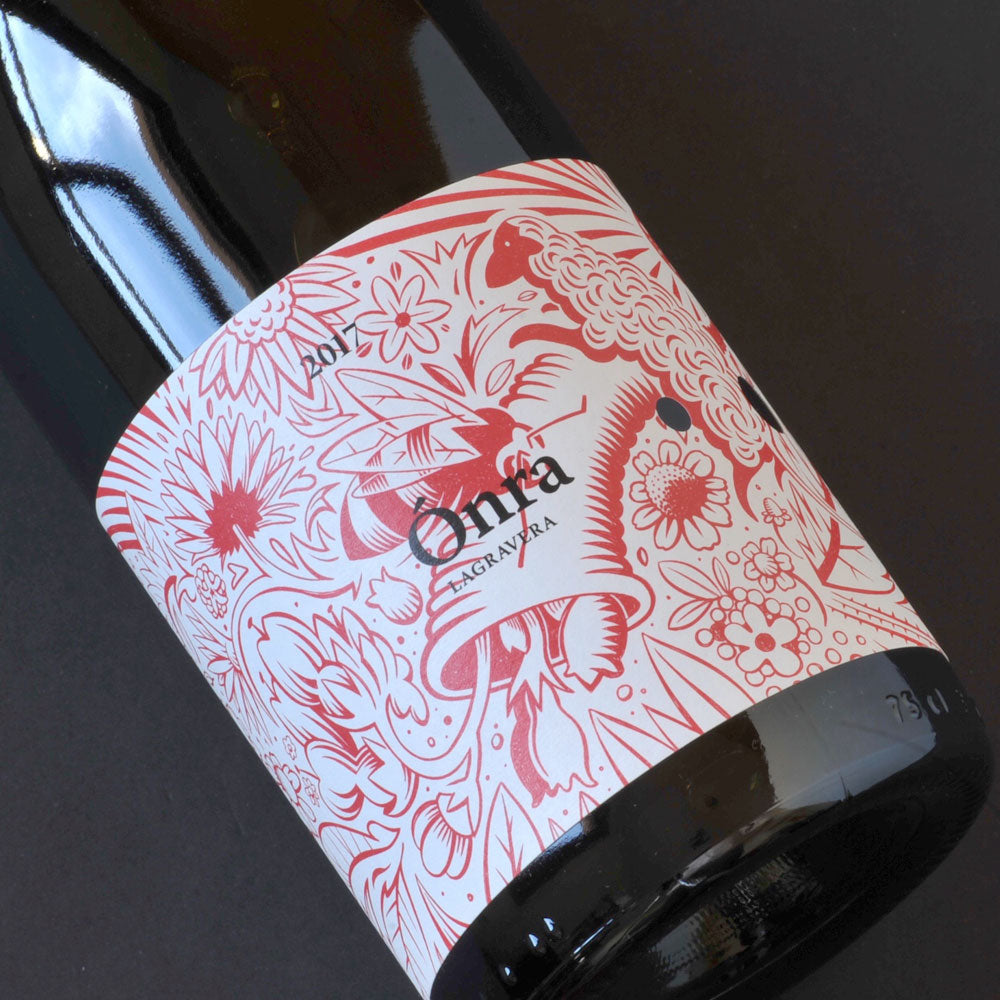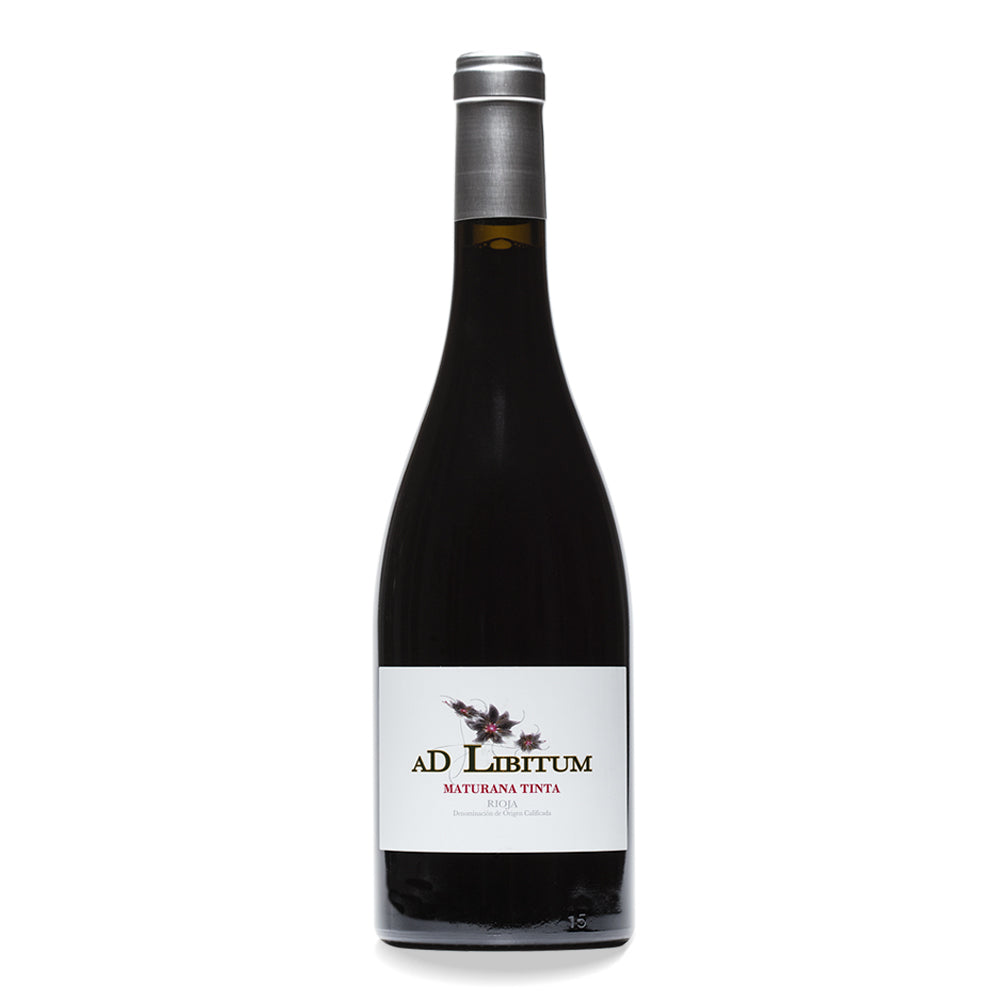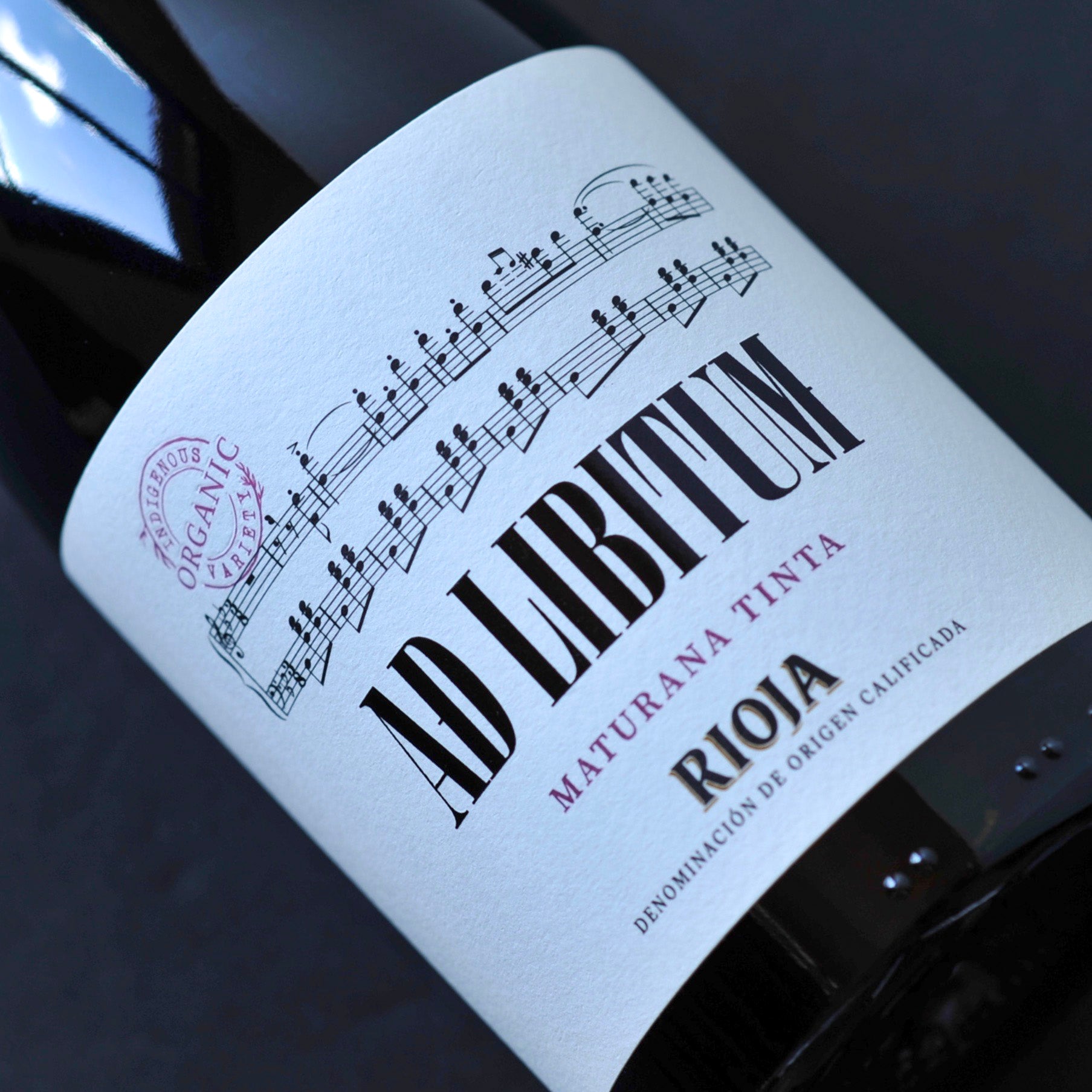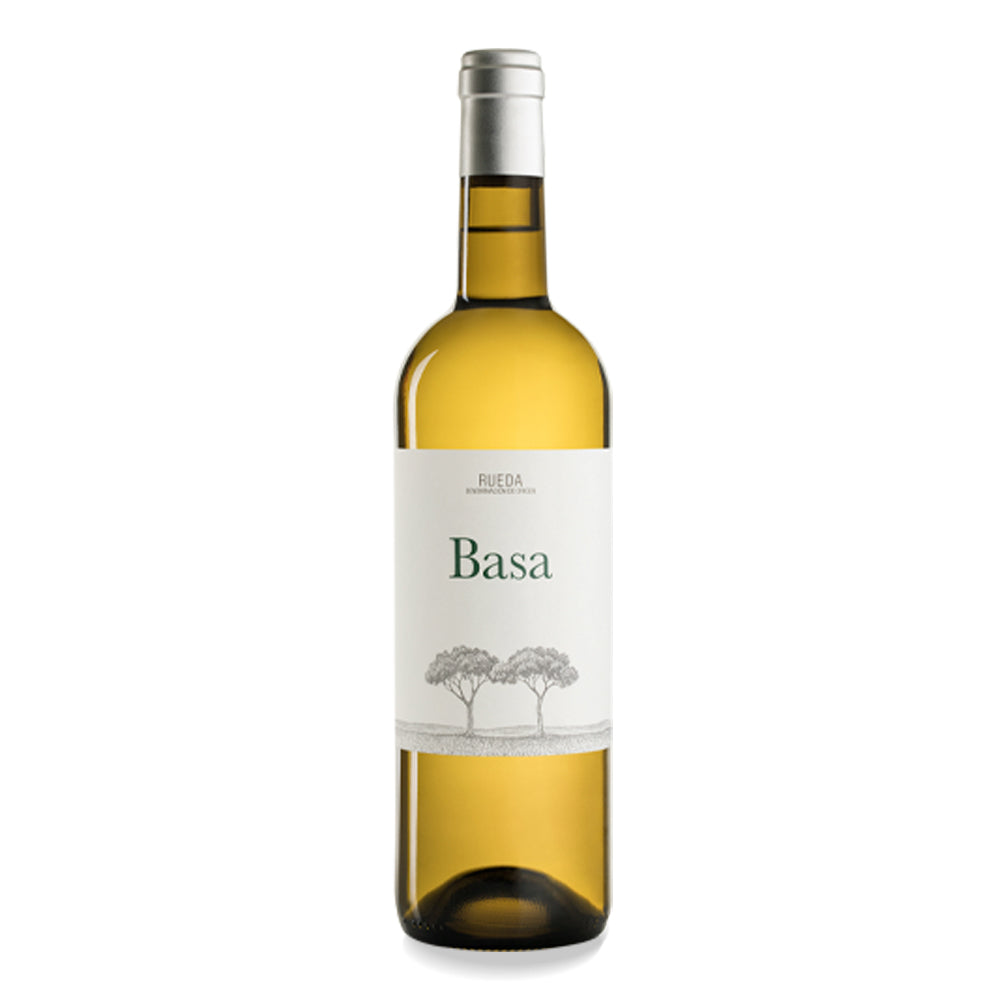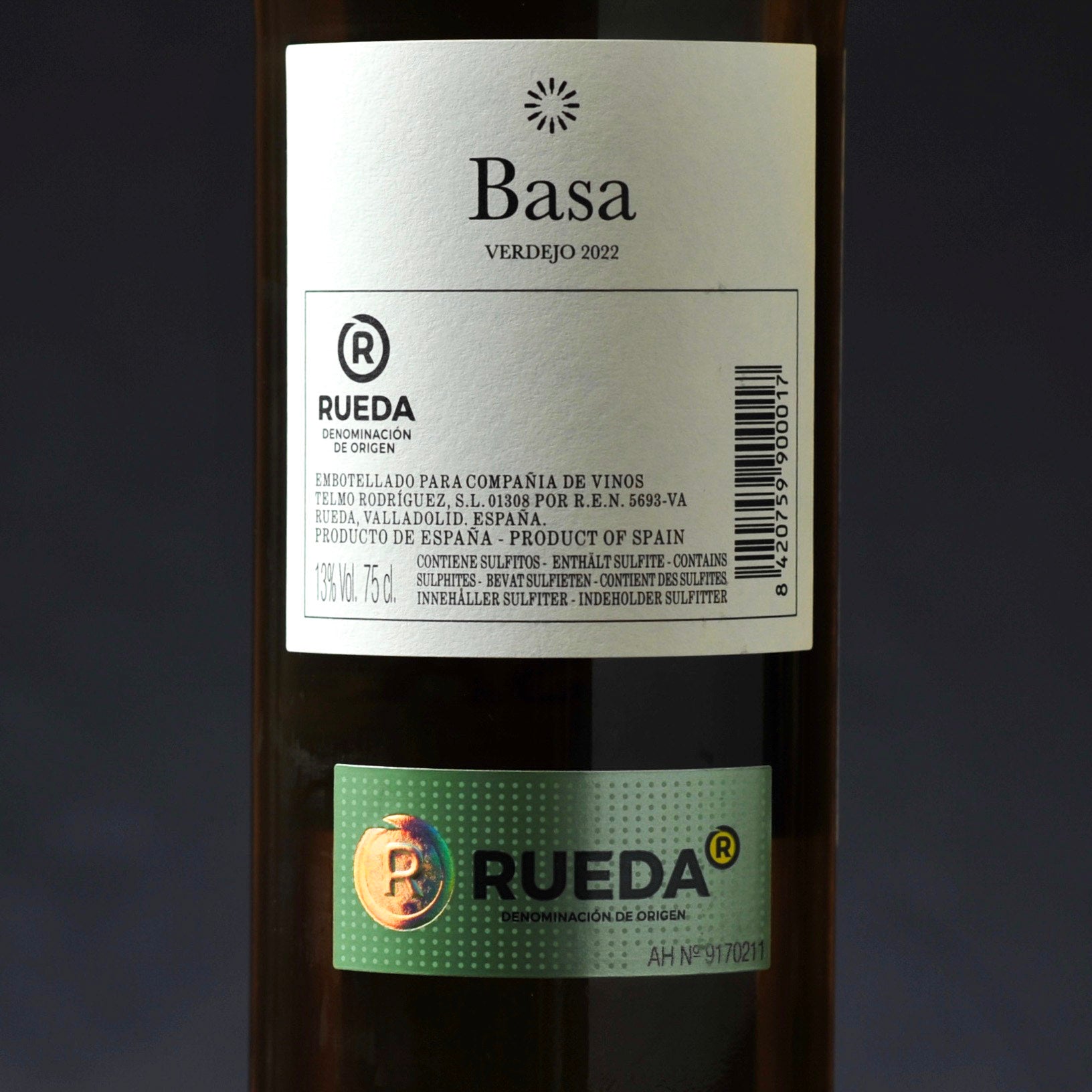We often hear people saying that Spanish white wines aren’t dry enough for them. Or that they taste too fruity. Personally, we think Spain offers excellent diversity in its white wines. From the clean mineral whites of Catalunya, to the more fruit-forward aromatic whites of the deep south, Spain offers a bit of everything. But some people are looking for something crisper and drier still.
Well, if you’re one of them, the answer has arrived – and it’s called Txakoli.
Txakoli (or Chacolí - chak-ko-lee - in Castilian) originates from Spain's Basque Country and boasts a long history dating back to the Middle Ages. Initially crafted for personal consumption by local farmers, it gained commercial significance by the 18th century.
The vast majority of Txakoli wines are white (although you can occasionally find a red or rosé) and in their most classic style, are very pale in colour, and give you lovely aromas of citrus fruit, fresh grass and white flowers. But what sets Txakoli wines apart from the vast majority of Spanish whites is their crisp, fresh acidity. And that comes largely from the grapes used to make it.
The main white variety used to make Txakoli is Hondarrabi Zuri (zuri in Basque means ‘white’). It’s a nicely aromatic grape with plenty of natural acidity. This acidity is what allows Txakoli wines to maintain their freshness and intensity. It can also help them to evolve longer in the bottle and gain complexity.
Other grapes can also be used in smaller percentages. Local varieties like Hondarrabi Zuri Zerratia (Petit Corbú), Hizkiriota (Gross Manseng), Hizkiriota Tippi (Petit Manseng), Mune Mahatsa (Folle Blanche), can sometimes be found. Along with more recognisable grapes like Riesling, Chardonnay, and Sauvignon Blanc. In general, these white grapes bring more aromatic diversity to Txakoli wines, although they can also contribute freshness and add to that characteristic acidity.
In terms of geography, Txakoli is produced in three denominaciones de origén (DOs) - Getariako Txakolina, Bizkaiko Txakolina, and Arabako Txakolina - all situated in the Basque Country in the north of Spain.
Getariako Txakolina is situated along the coast near the town of Getaria. This region enjoys a maritime climate influenced by the nearby Atlantic Ocean. The oceanic breezes moderate temperatures, preventing extremes of heat or cold. The proximity to the sea also brings about high humidity levels. This can pose challenges for grape cultivation but it also contributes to the wine's characteristic saline quality. The vineyards in Getariako Txakolina are often terraced on steep slopes to maximise sun exposure, while the sandy soils provide excellent drainage and impart minerality to the wines.
Bizkaiko Txakolina is located further inland and has a slightly warmer climate than Getariako Txakolina. The influence of the ocean is still felt but to a lesser extent. The temperatures here can vary more significantly, with warmer summers and cooler winters. The vineyards are often found on hillsides and valleys, benefiting from good sun exposure and protection from harsh winds. The soils in this region are diverse, ranging from clay and limestone to sandy loam, which can result in wines with fuller bodies, more pronounced fruitiness, and a touch of minerality.
Finally, there’s Arabako Txakolina, the smallest of the three regions. Located inland, primarily in the province of Álava, this region experiences a continental climate, characterised by hot summers and cold winters. The vineyards are situated at higher elevations, benefiting from cooler temperatures and greater diurnal temperature variation, which helps to preserve acidity in the grapes. The soils here are often composed of limestone and clay, providing good drainage, and contributing to the mineral character of the wines.
For the most part, Txakoli wines are made with traditional methods and minimal intervention. Grapes are hand-harvested, and undergo gentle pressing followed by fermentation in stainless steel tanks at controlled temperatures. There are increasingly more winemakers introducing barrel ageing and lees contact to the process, to produce more complex Txakoli wines. But the classic Txakoli is simply made and produces wines with vibrant acidity, light body, and citrus flavours like lemon and grapefruit, alongside green apple, pear, and subtle minerality. With an alcohol content of 10-12%, and in some cases even a slight effervescence, Txakoli wines are a versatile option for meals, pairing well with seafood, salads, and the local pintxos. But they’re just as good to drink as a light and lively aperitif.
If you fancy trying a Txakoli, you’re in luck. We’ve just started working with the highly regarded Gorka Izagirre winery in Bizkaiko Txakolina and are pleased to present their classic txakoli. Made from 50% Hondarrabi Zuri and 50% Hondarrabi Zerratia this is the winery’s most popular wine, which reflects everything that a Txakoli is meant to be: fresh, easy to drink and aromatic, but with great structure.
Pick up a couple of bottles while stock lasts and enjoy a glass of fresh, crisp, and dry white wine.
Cheers!

